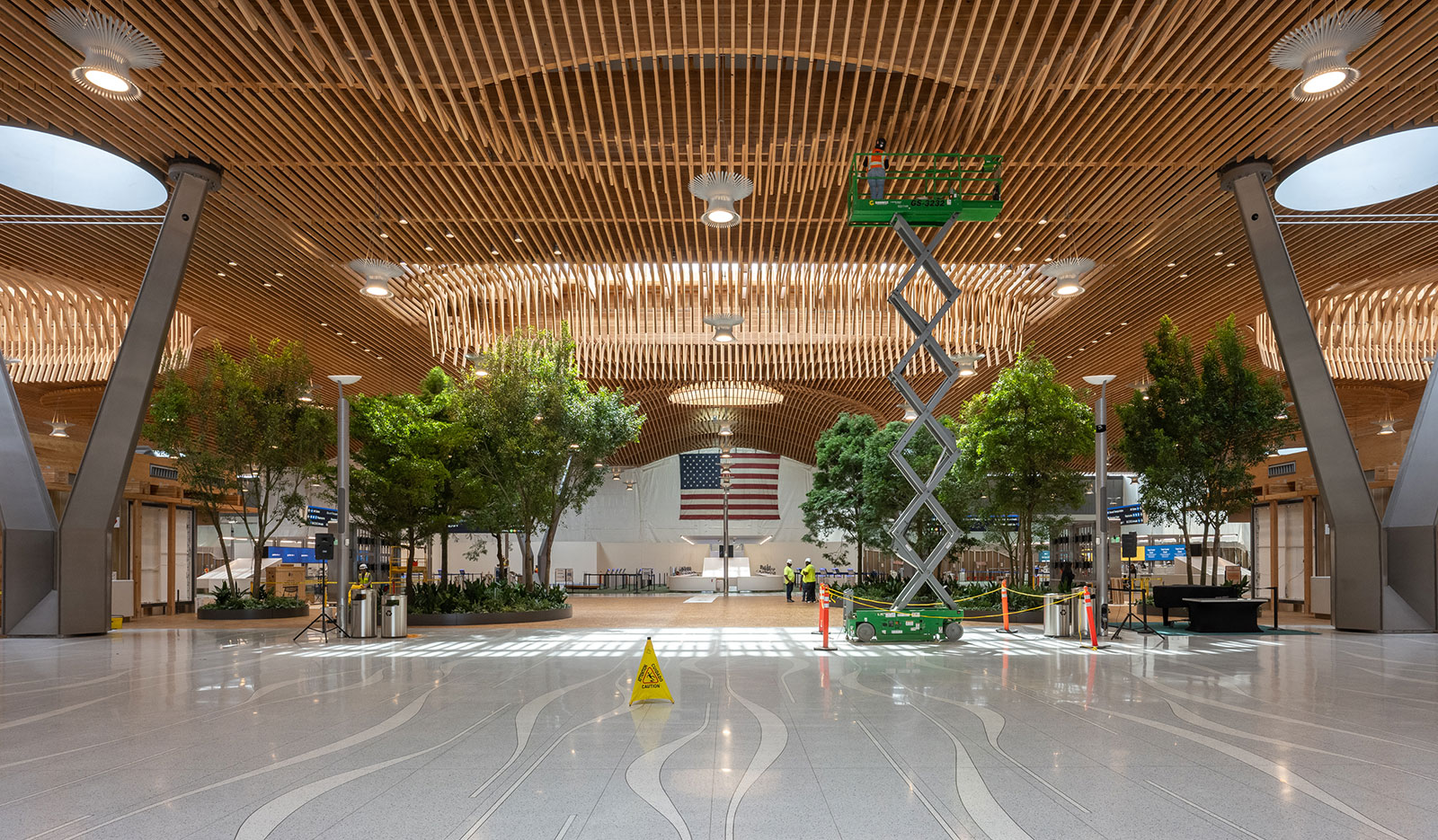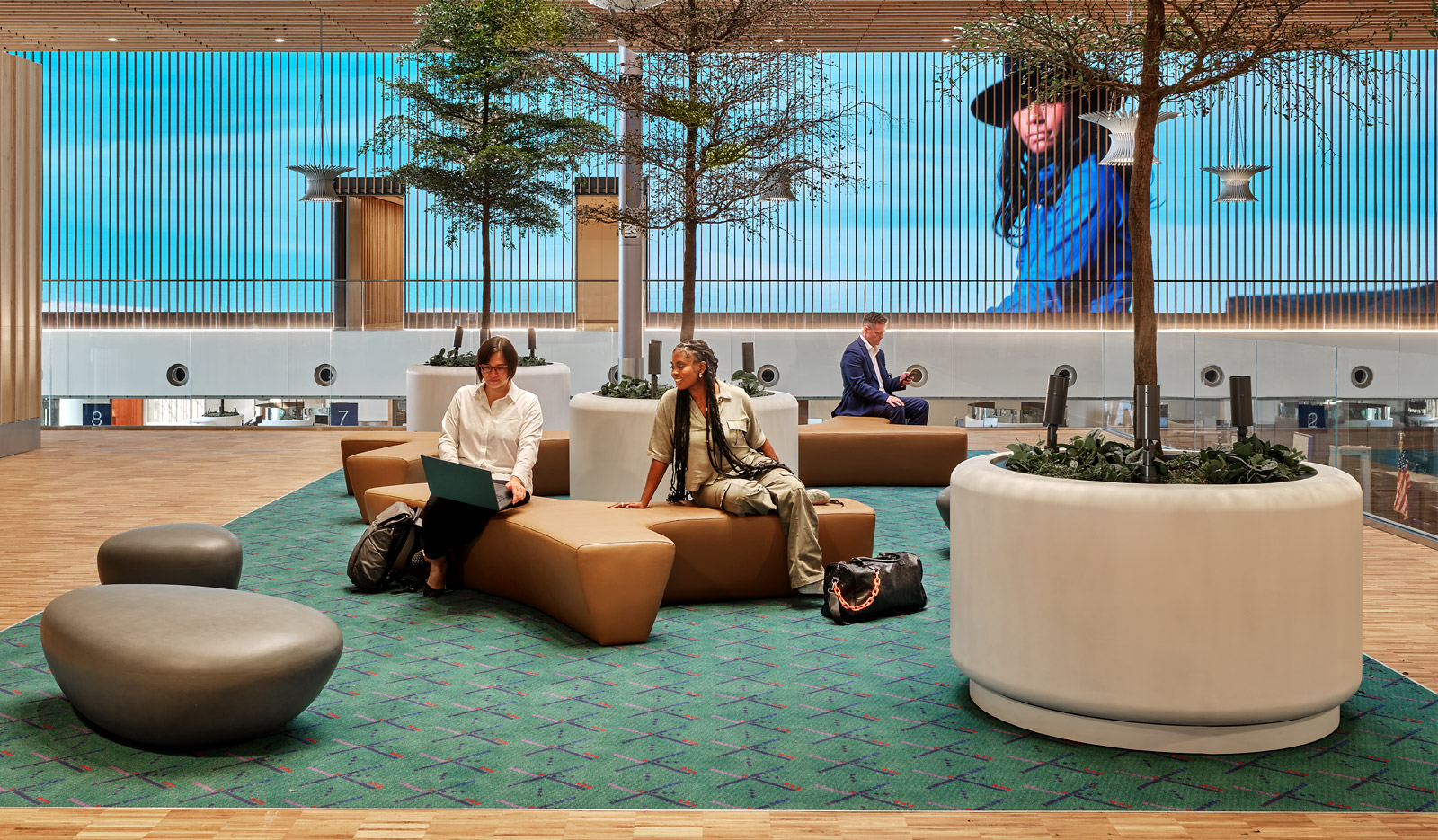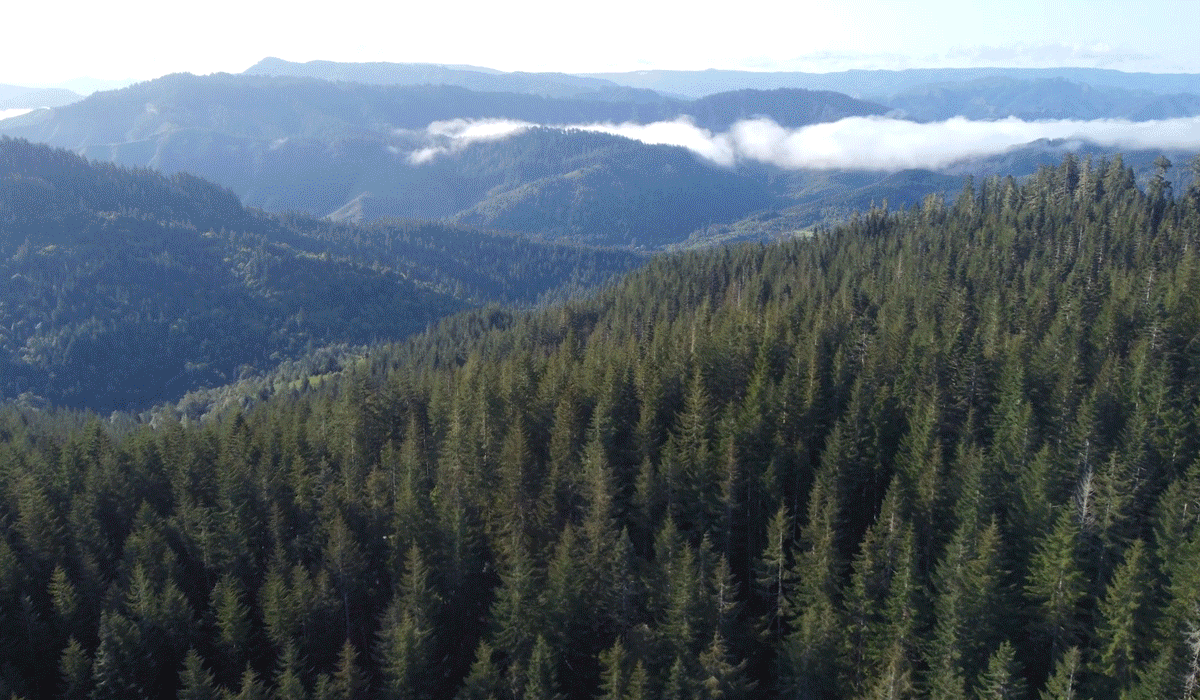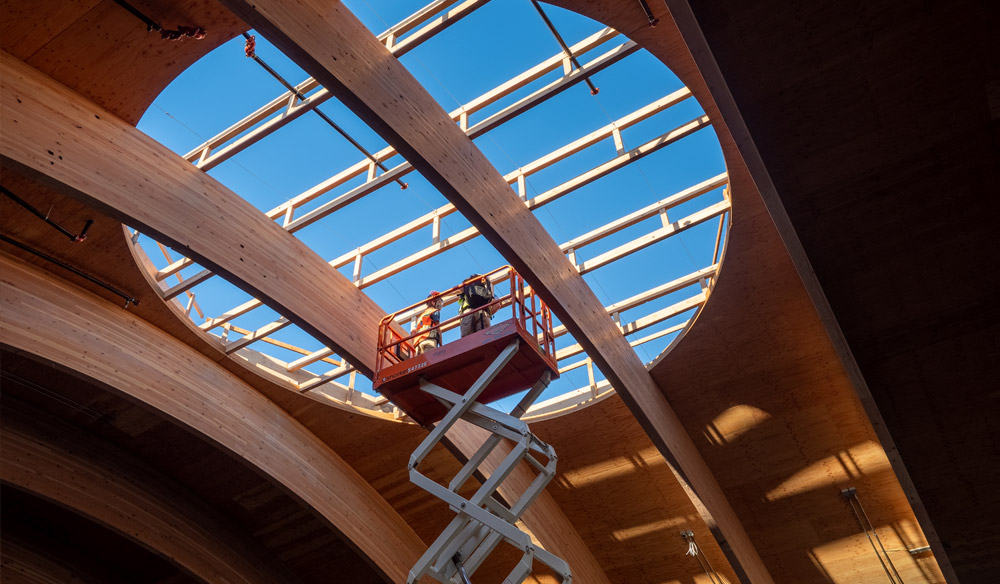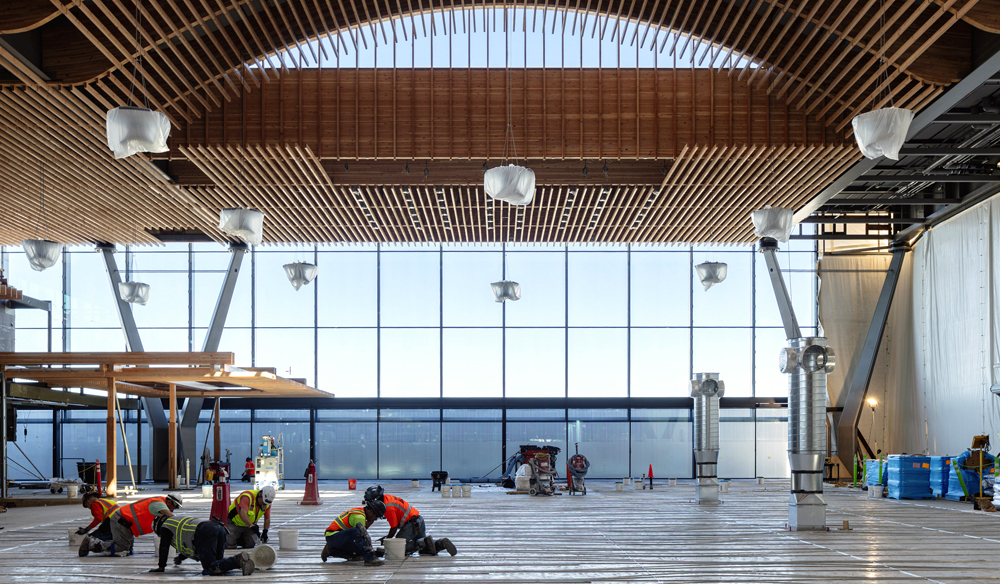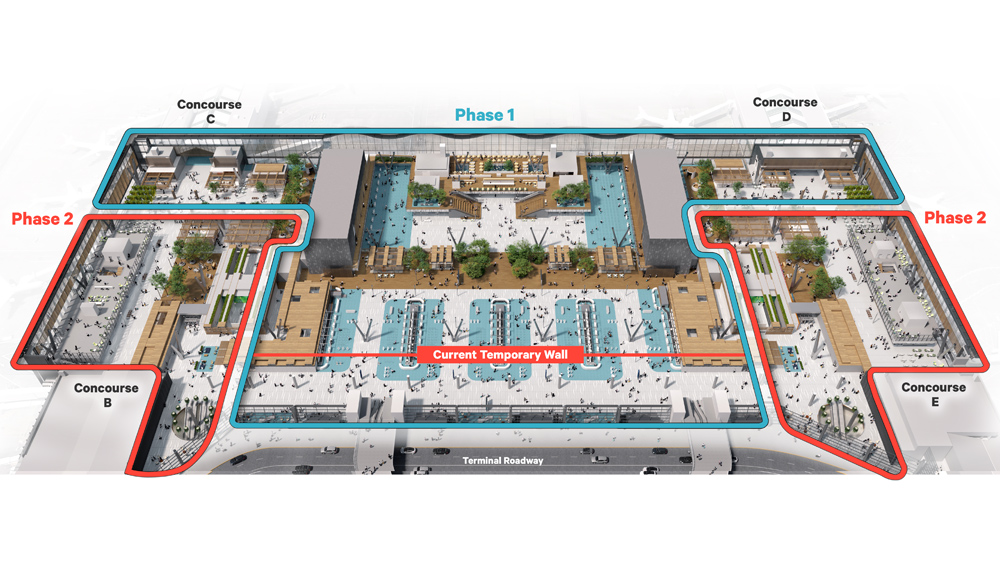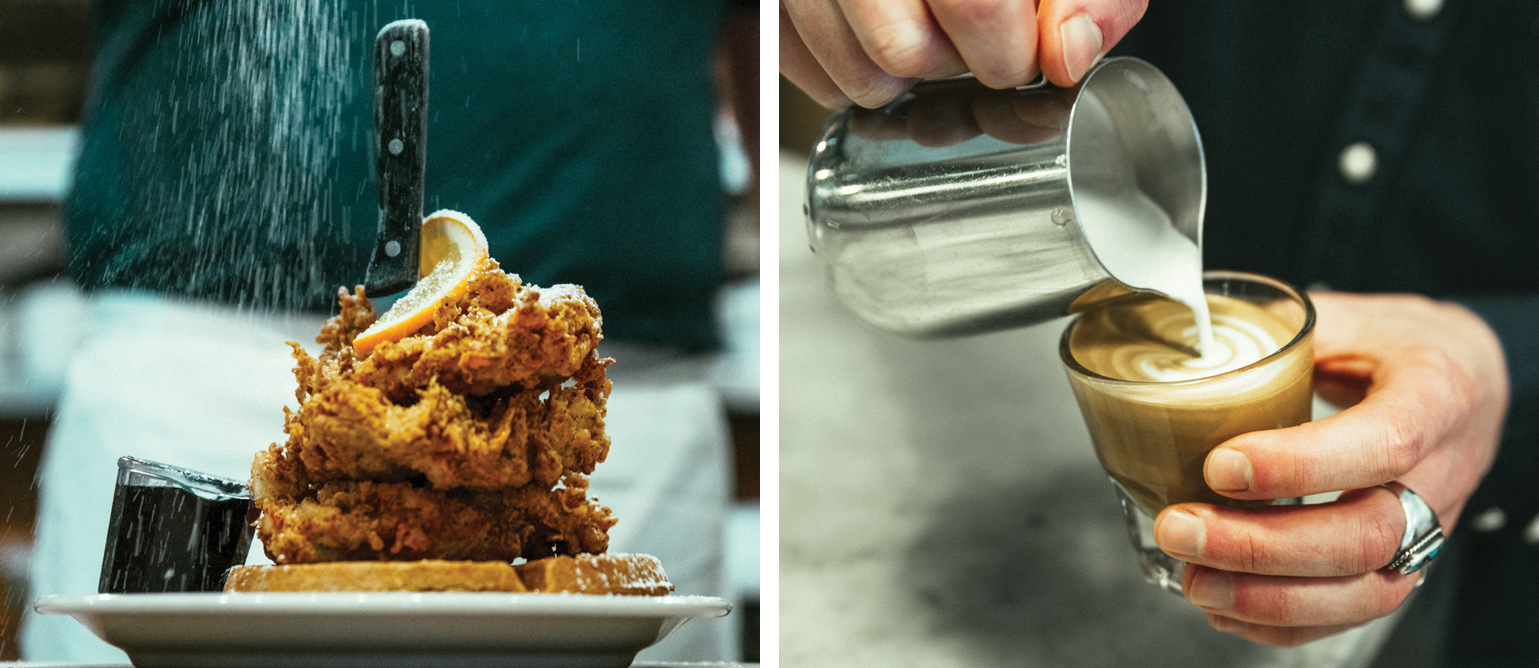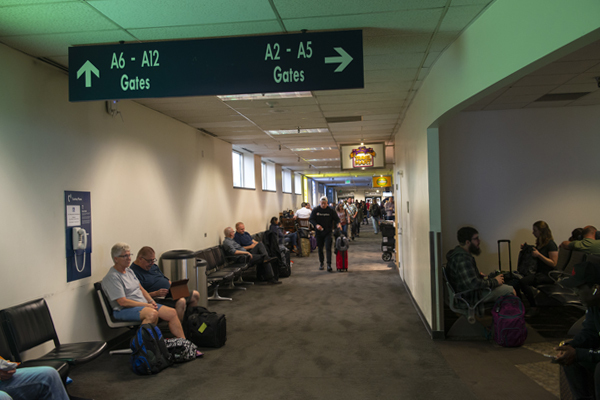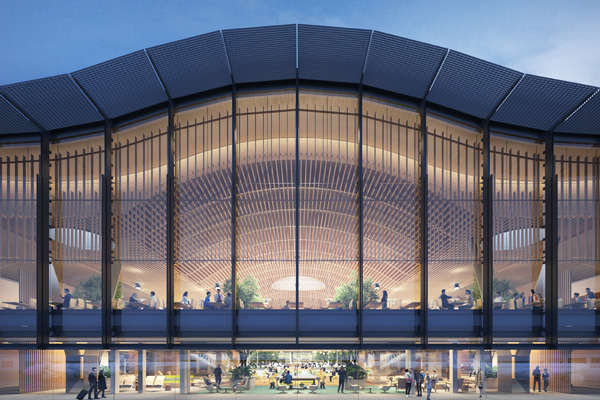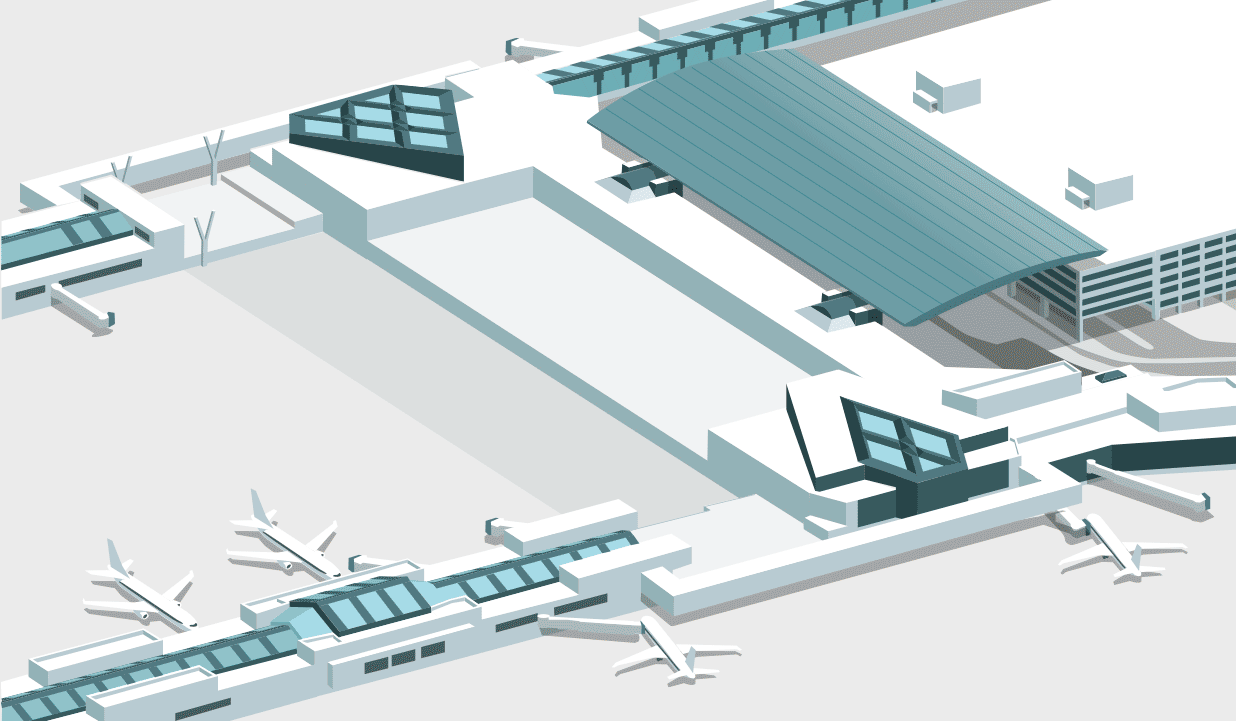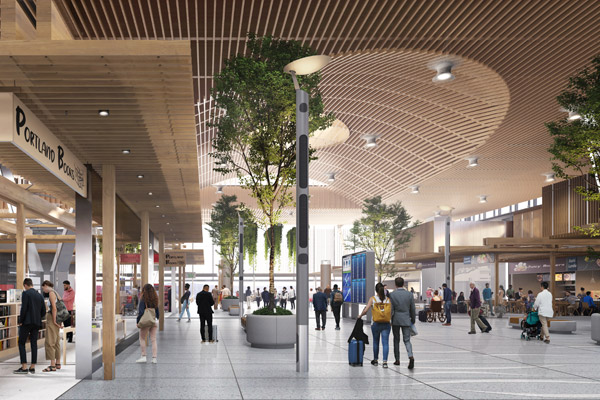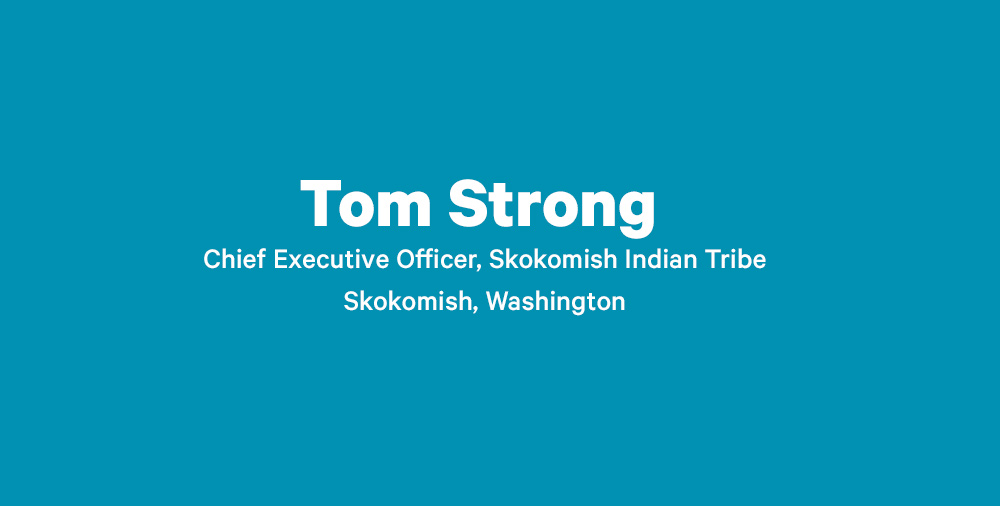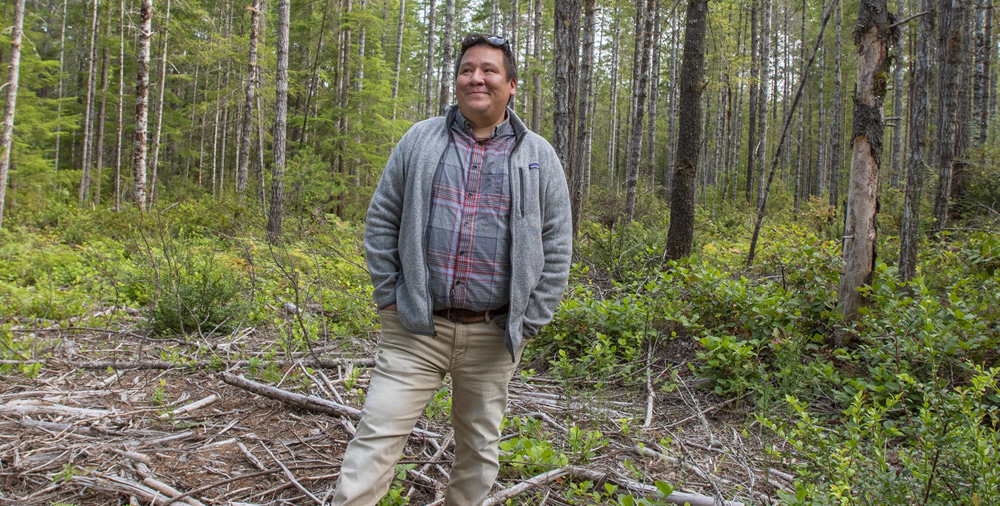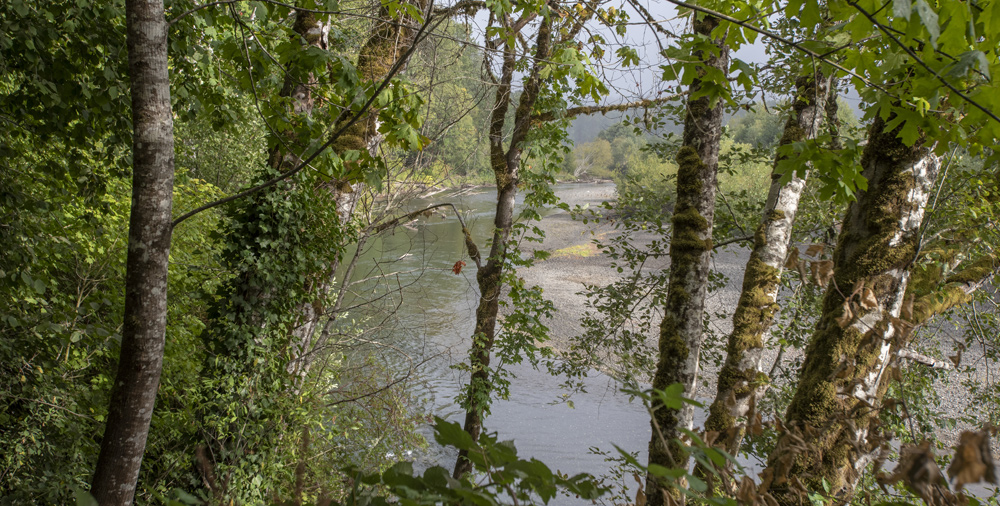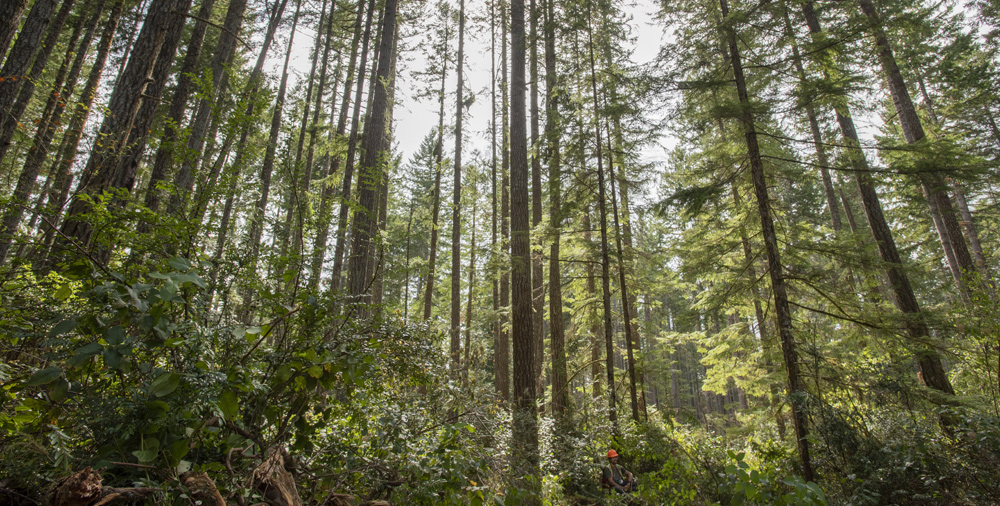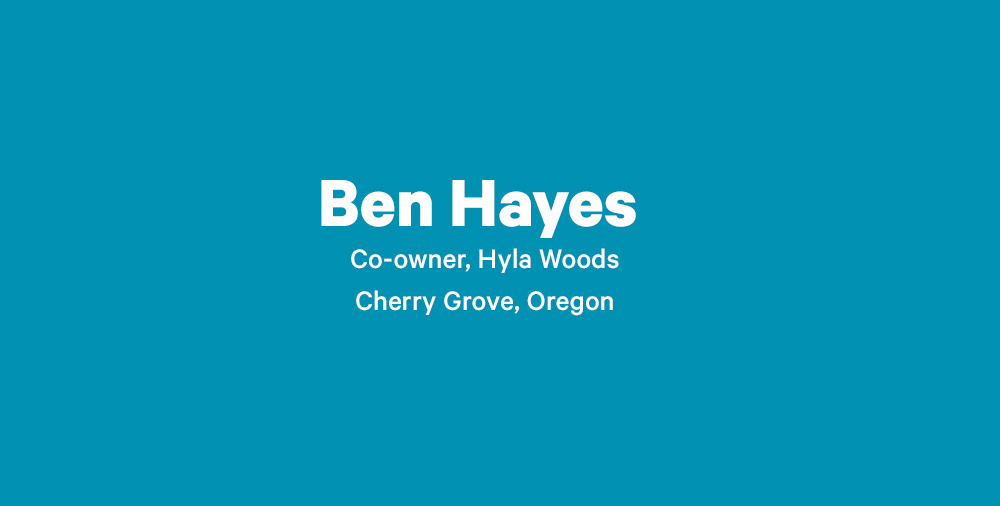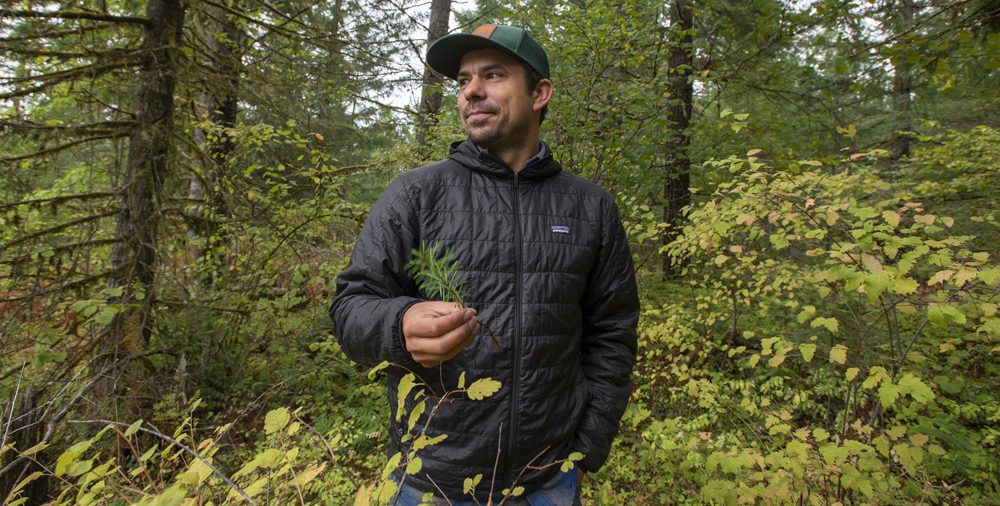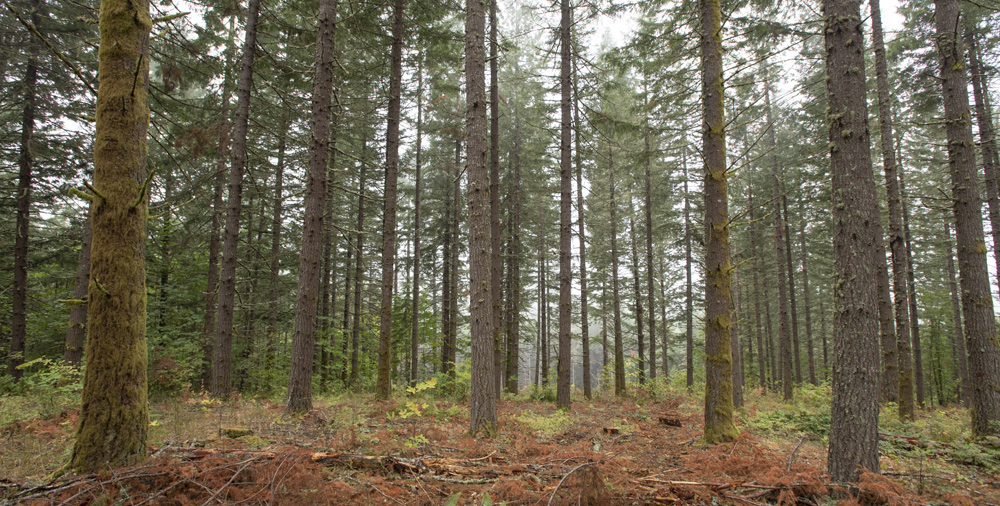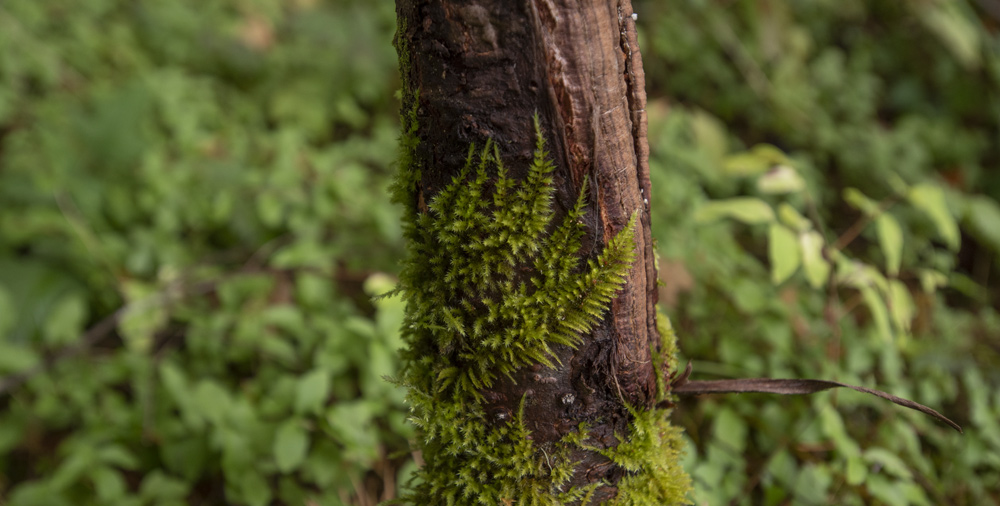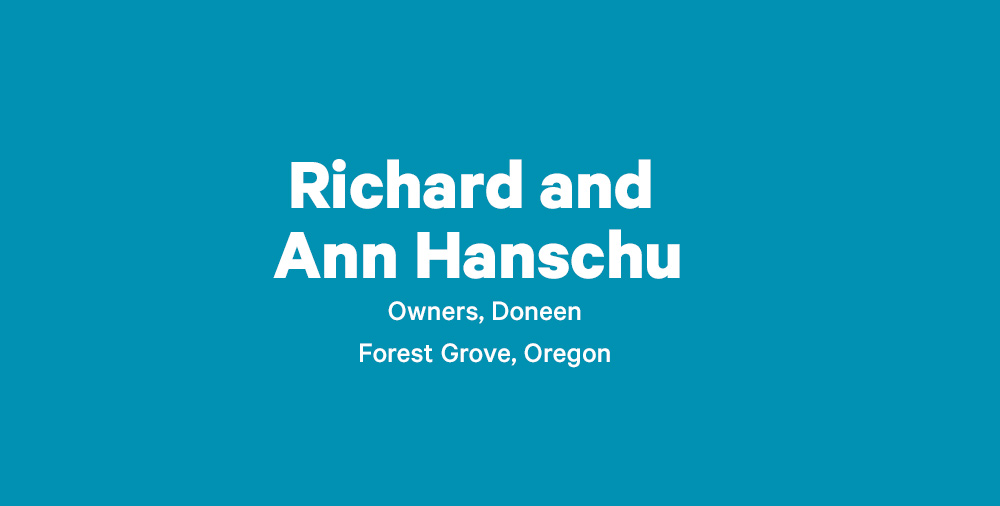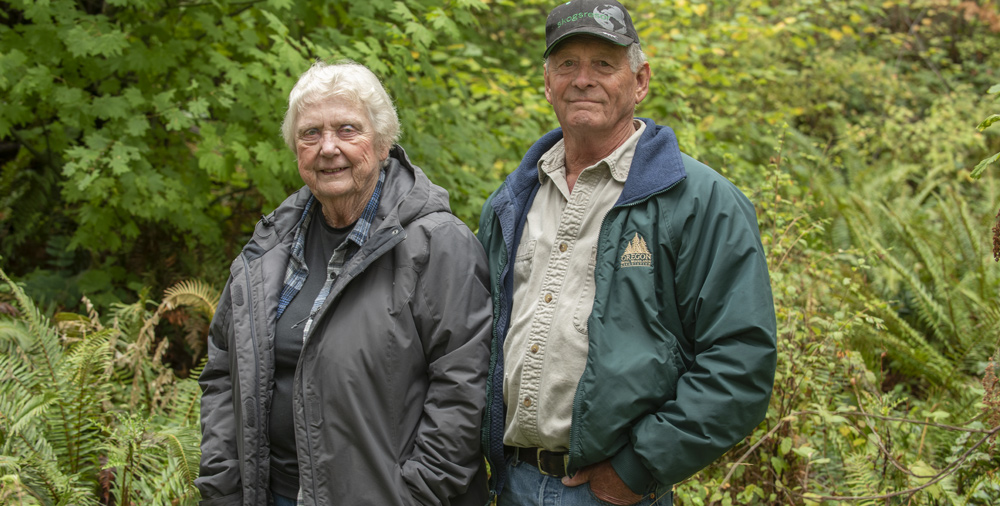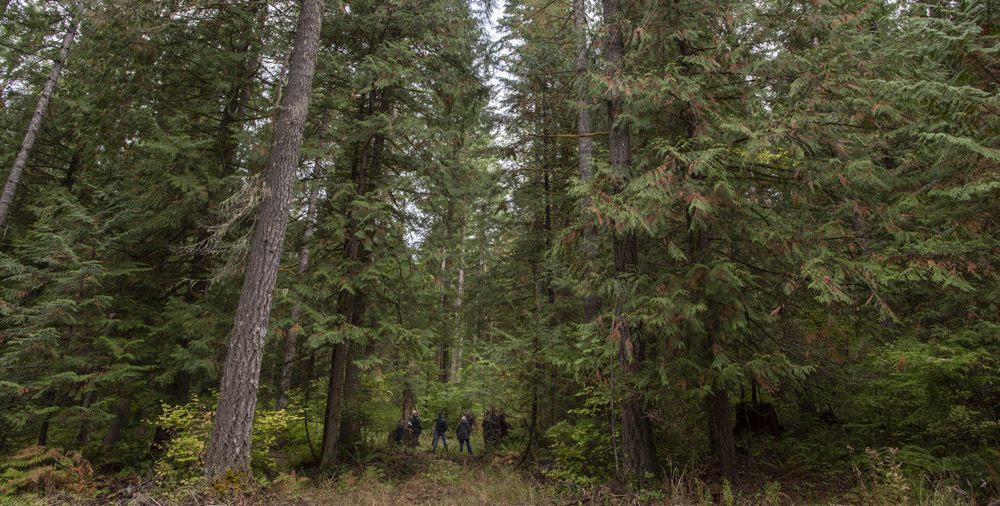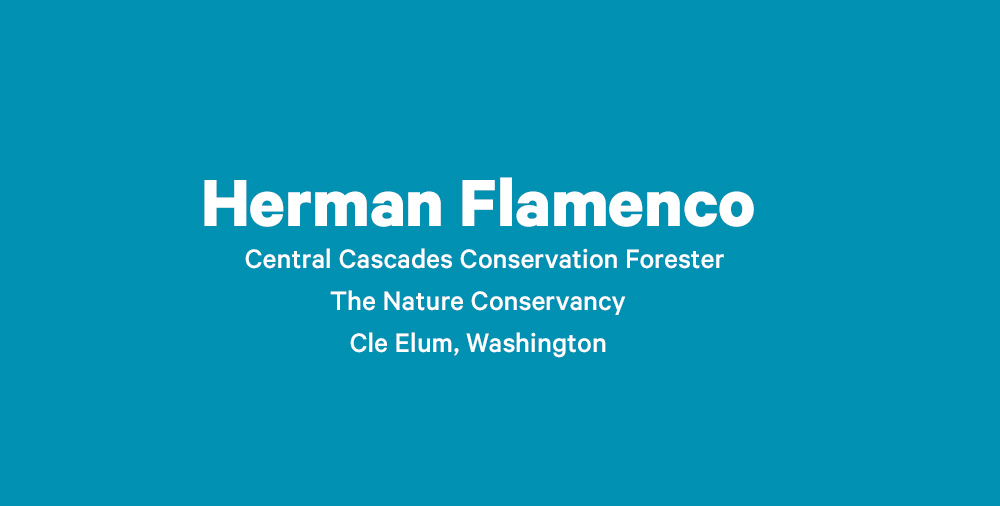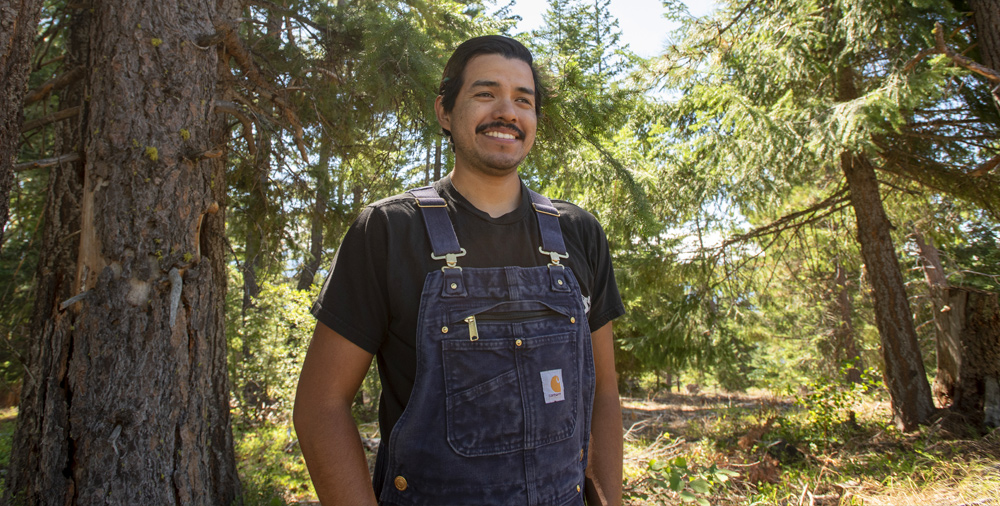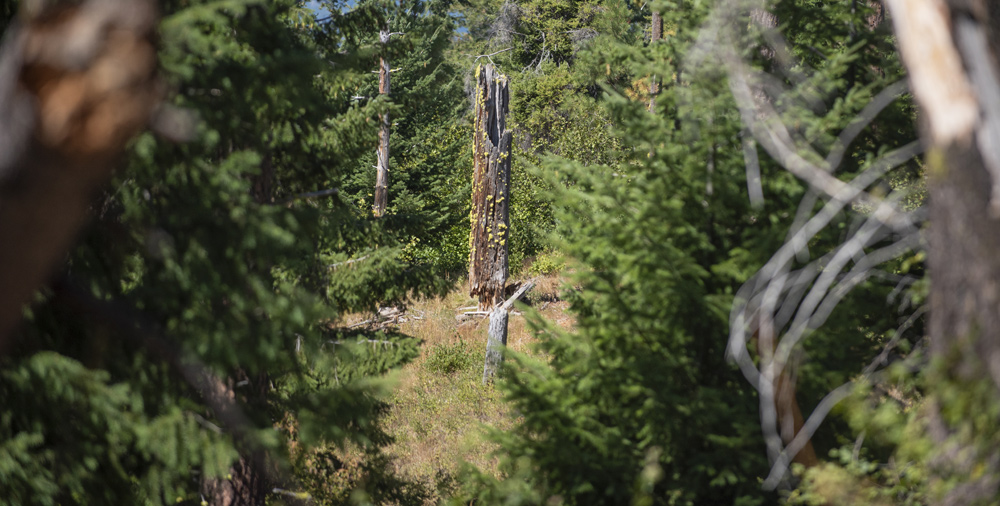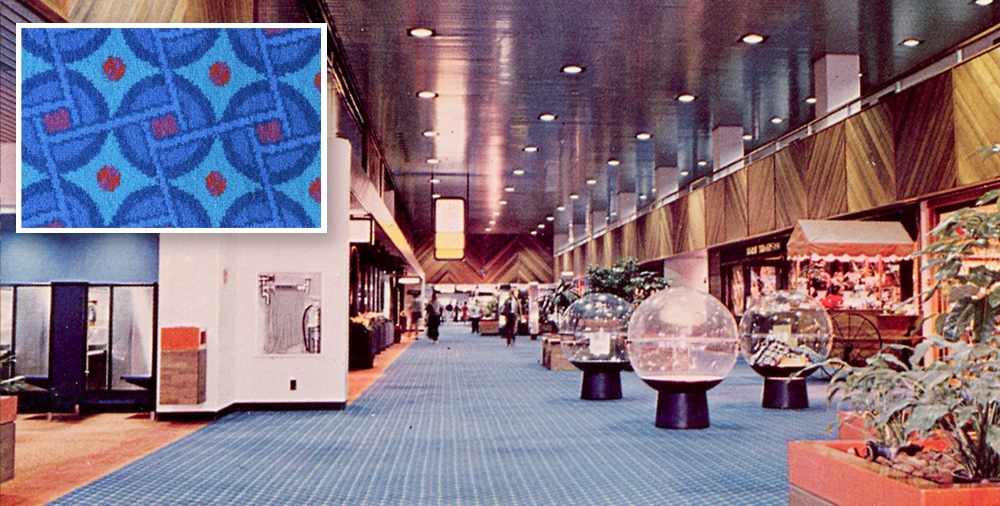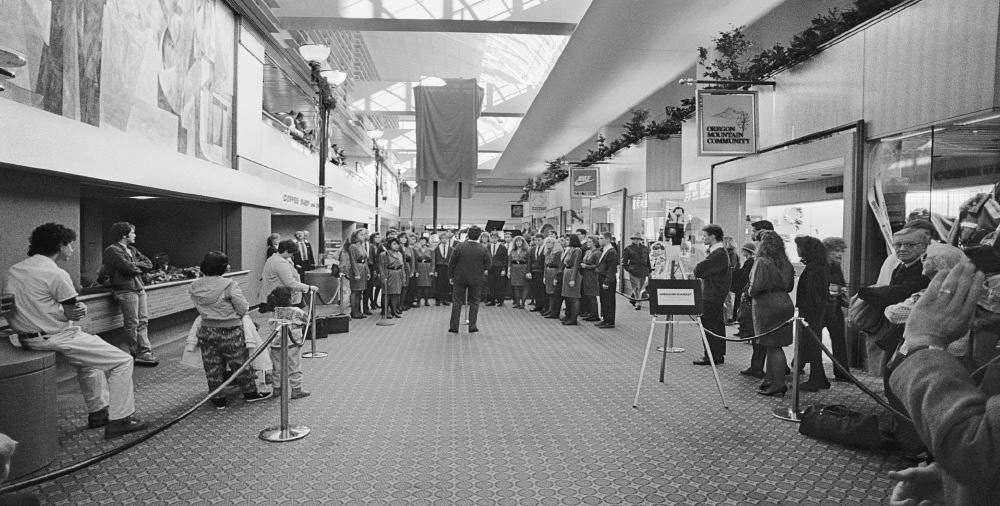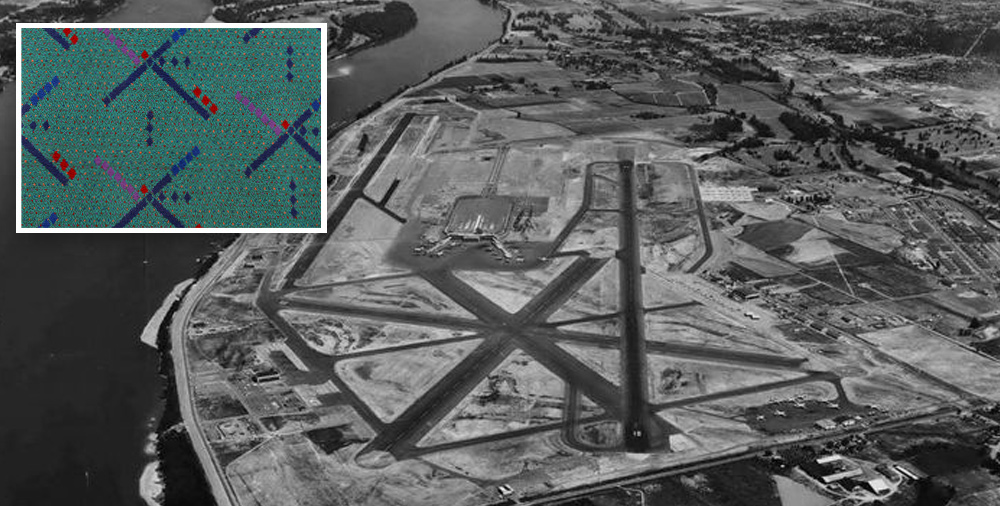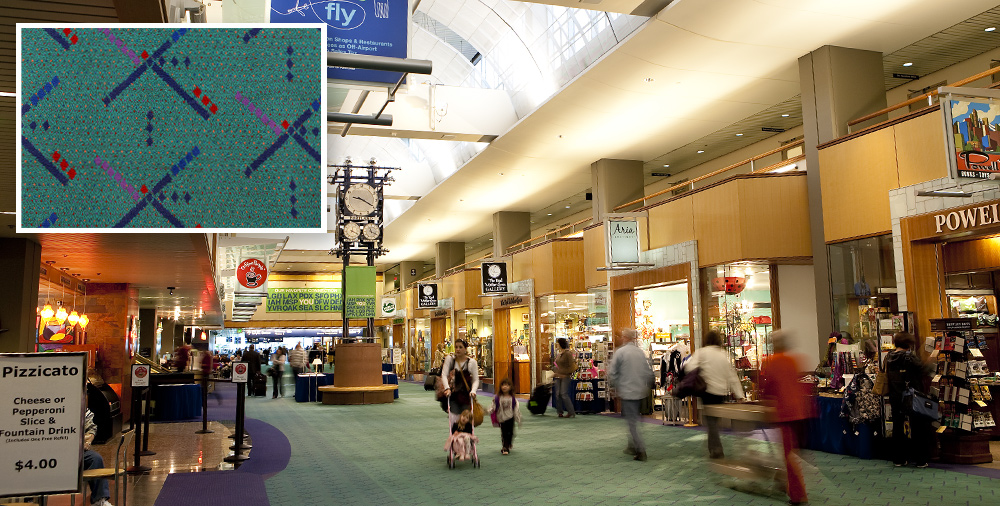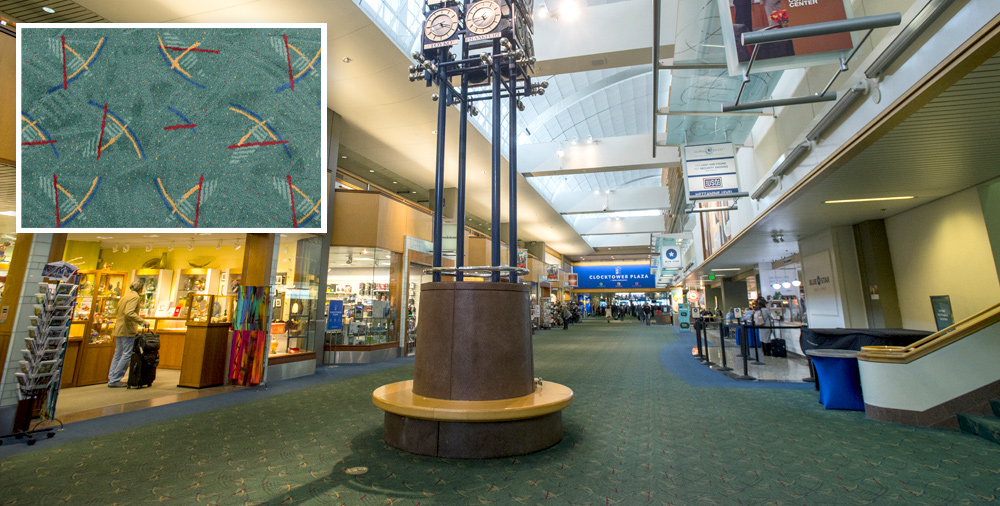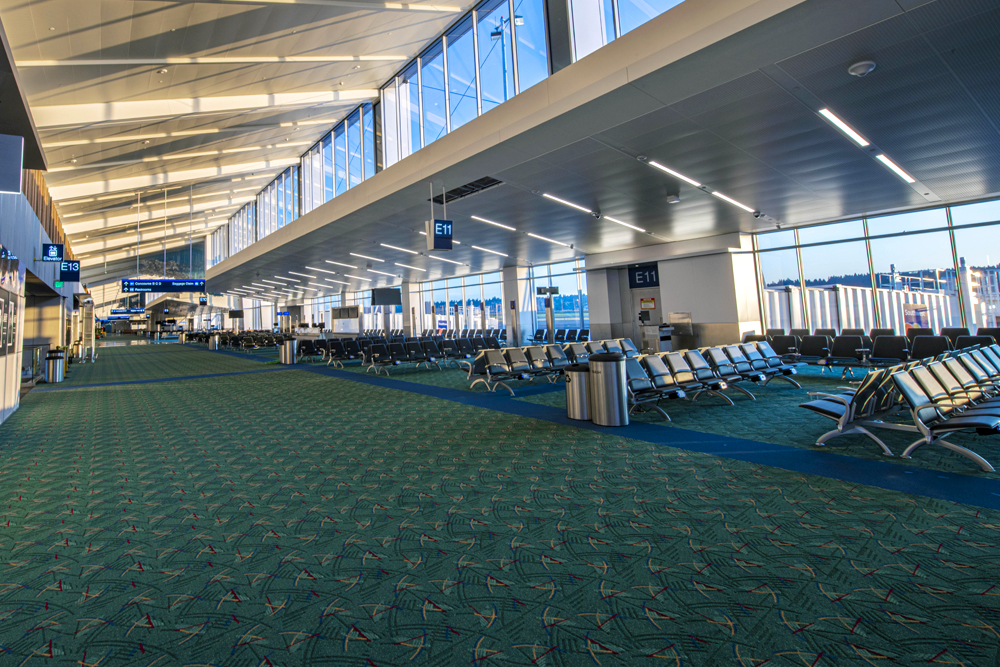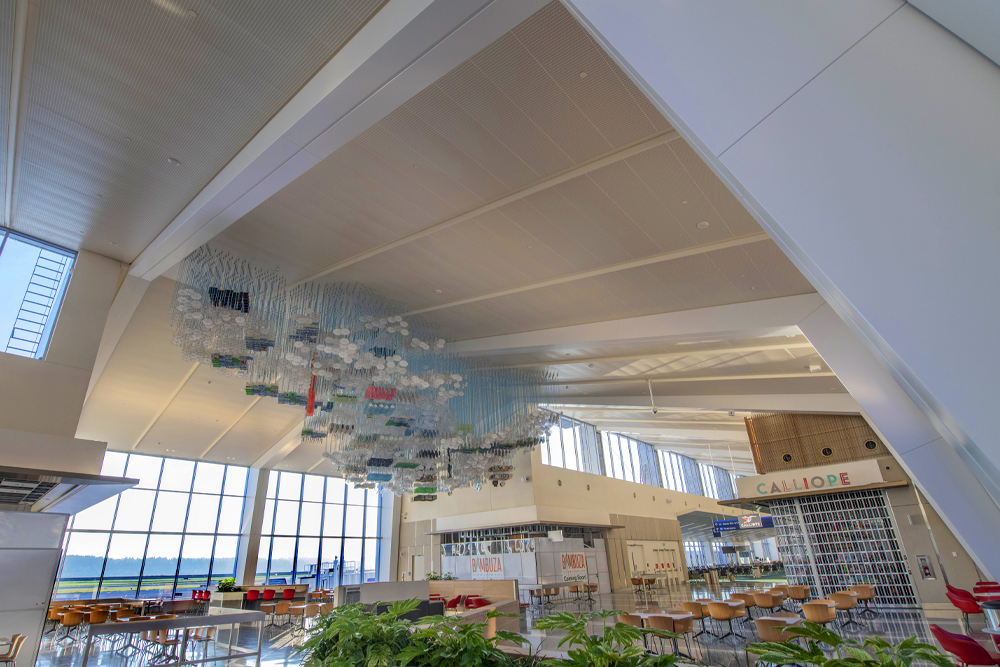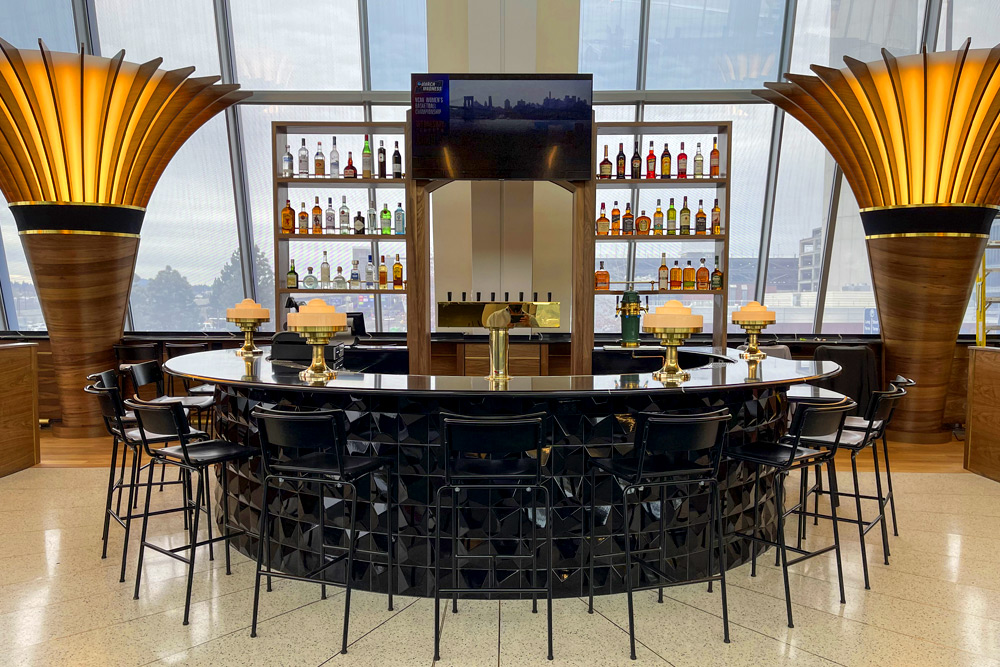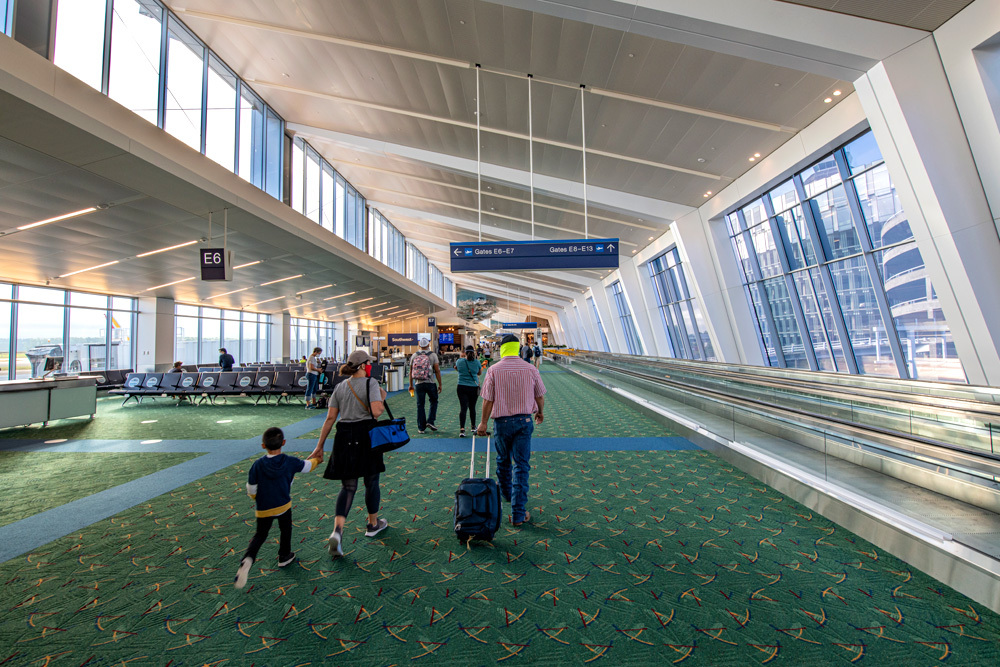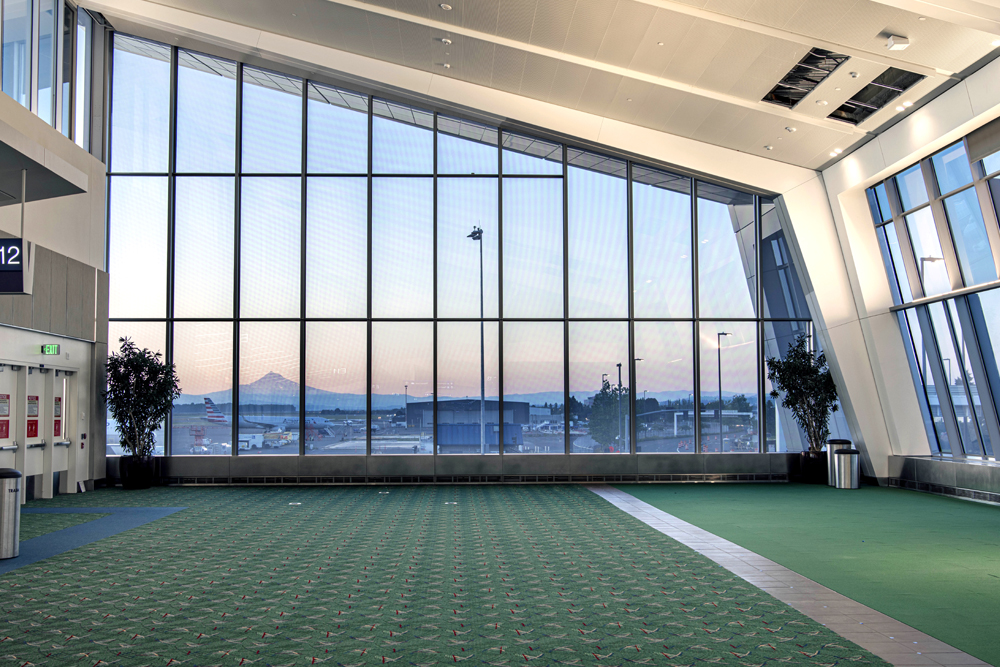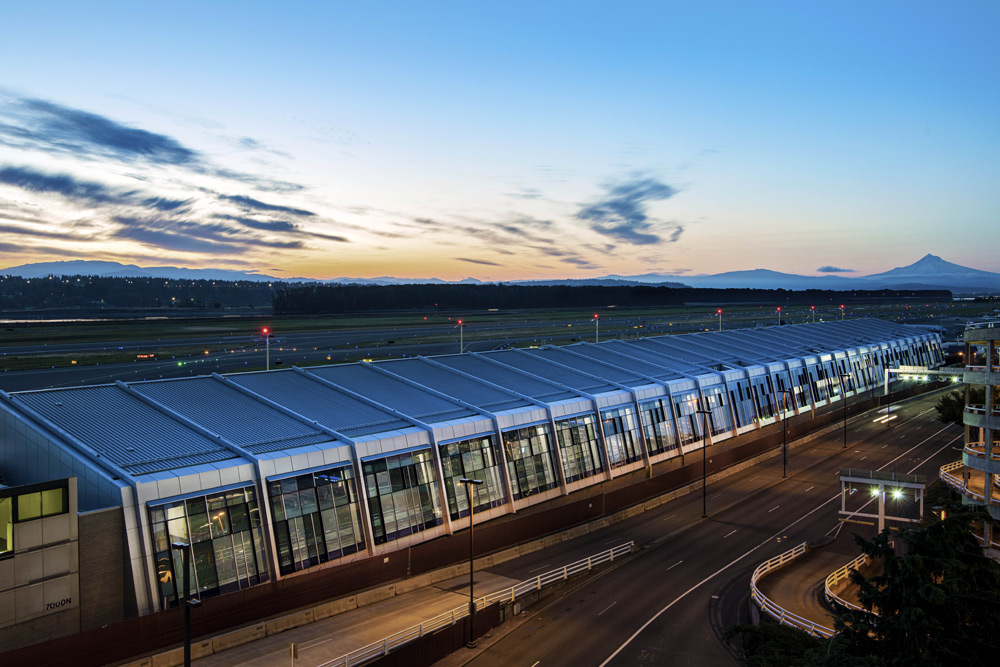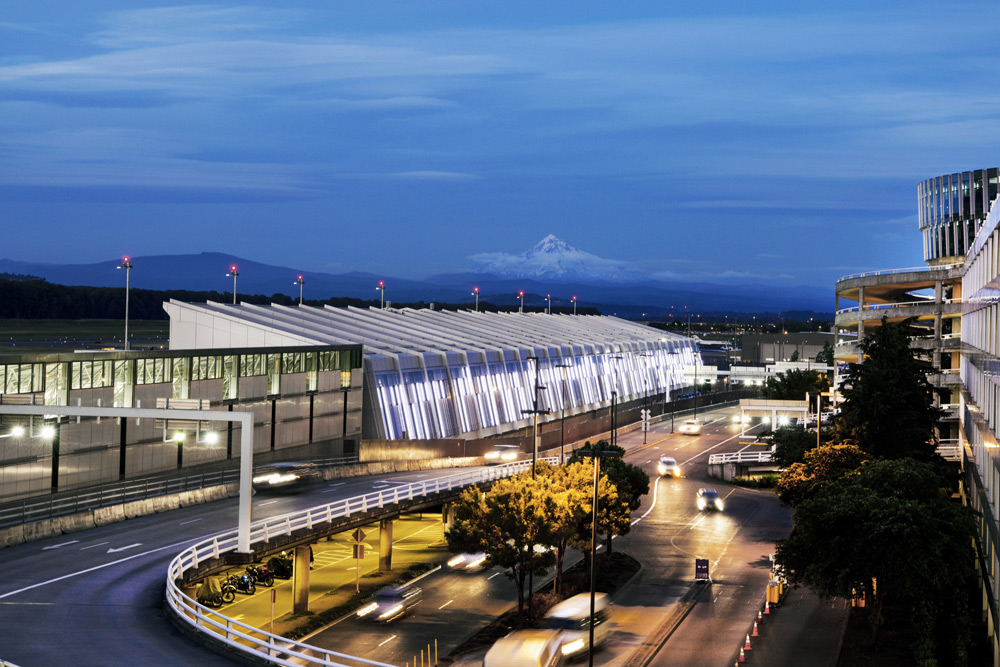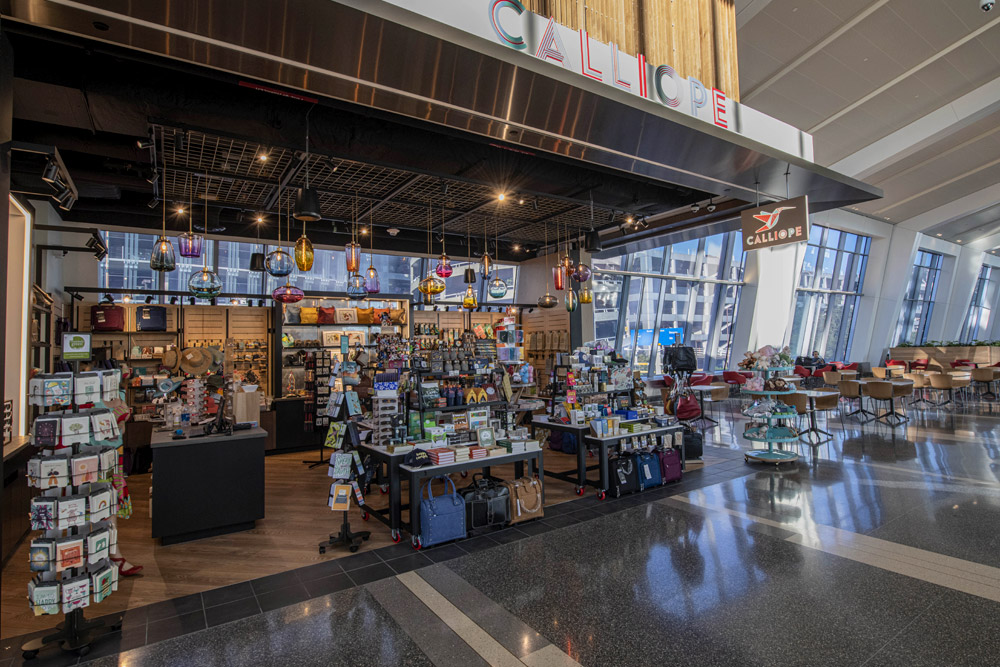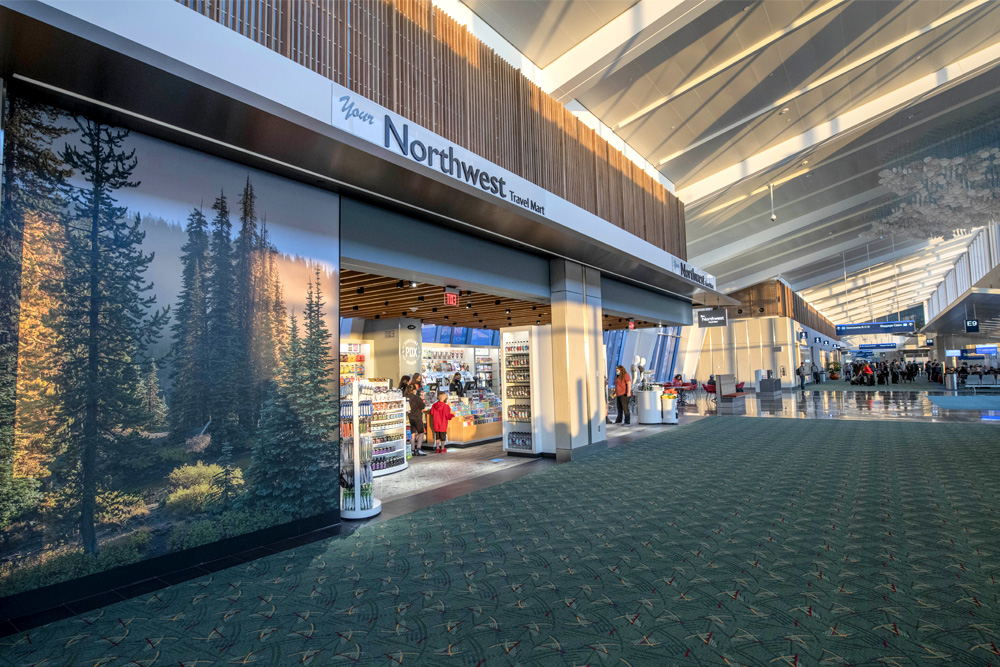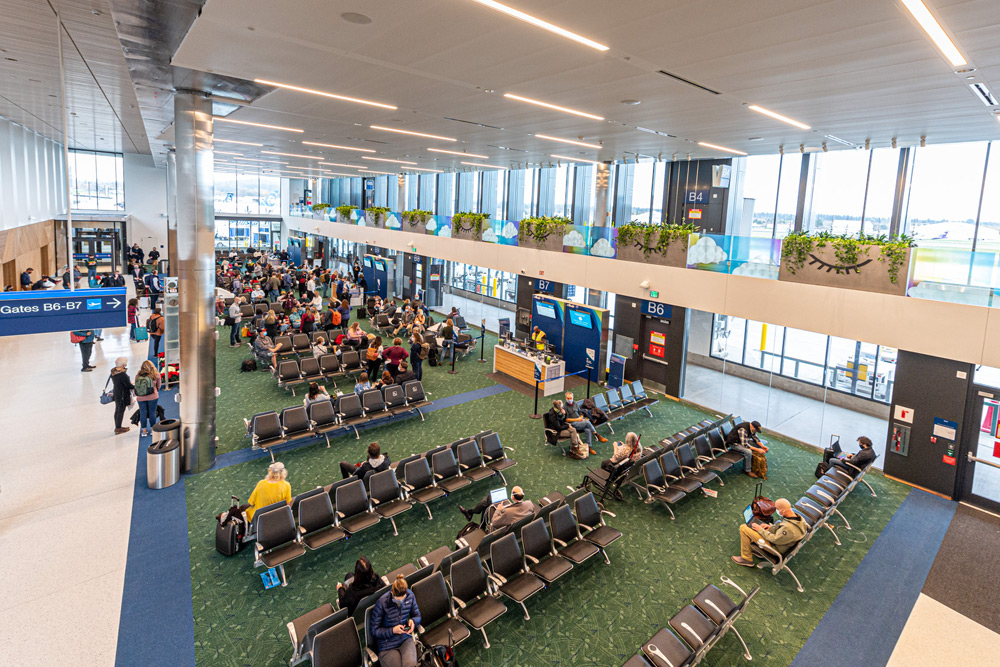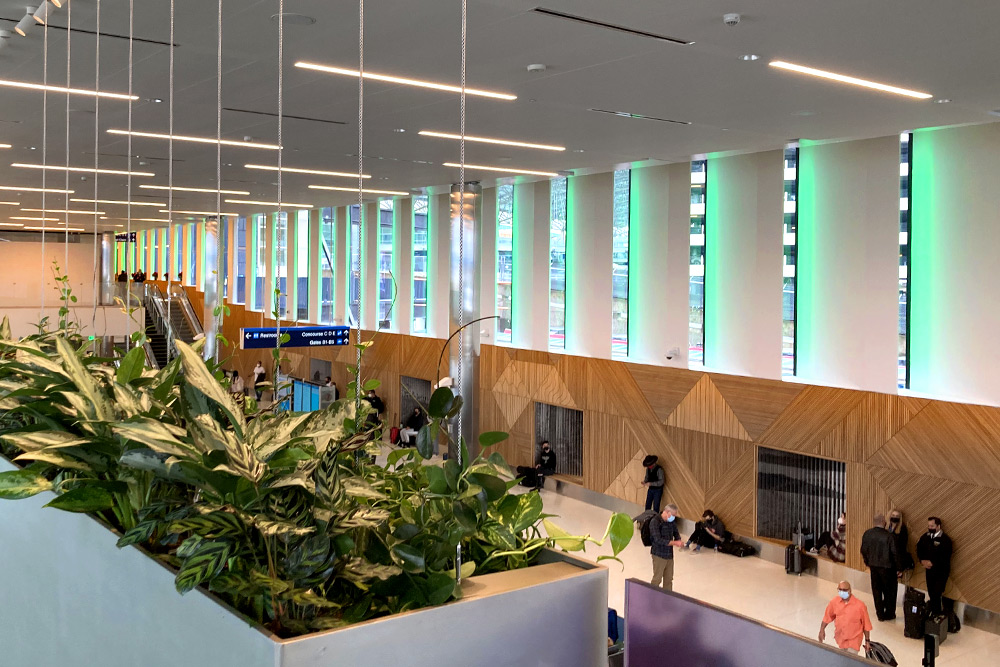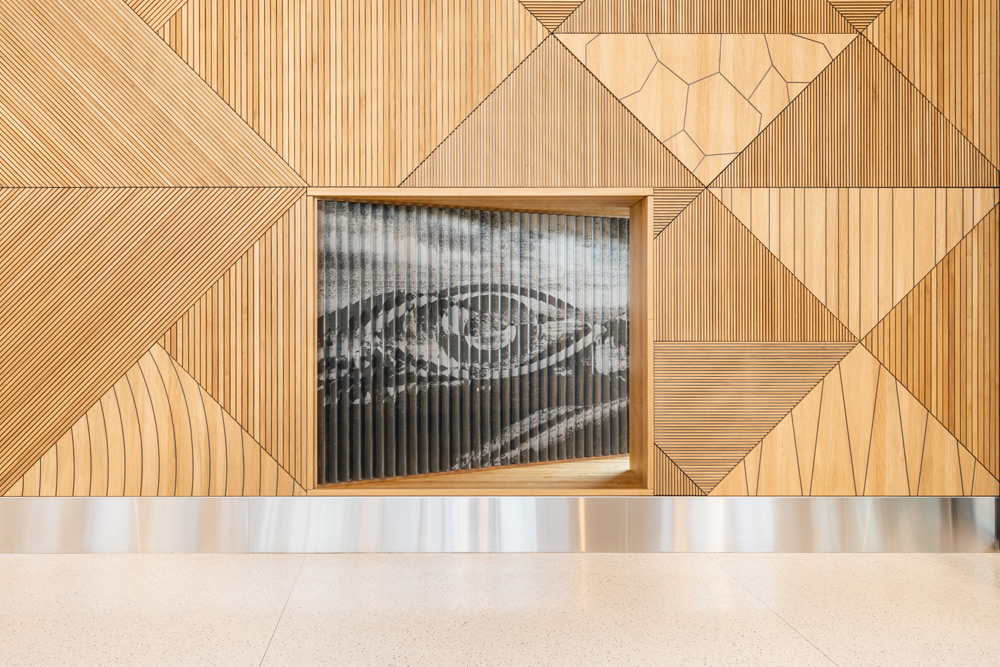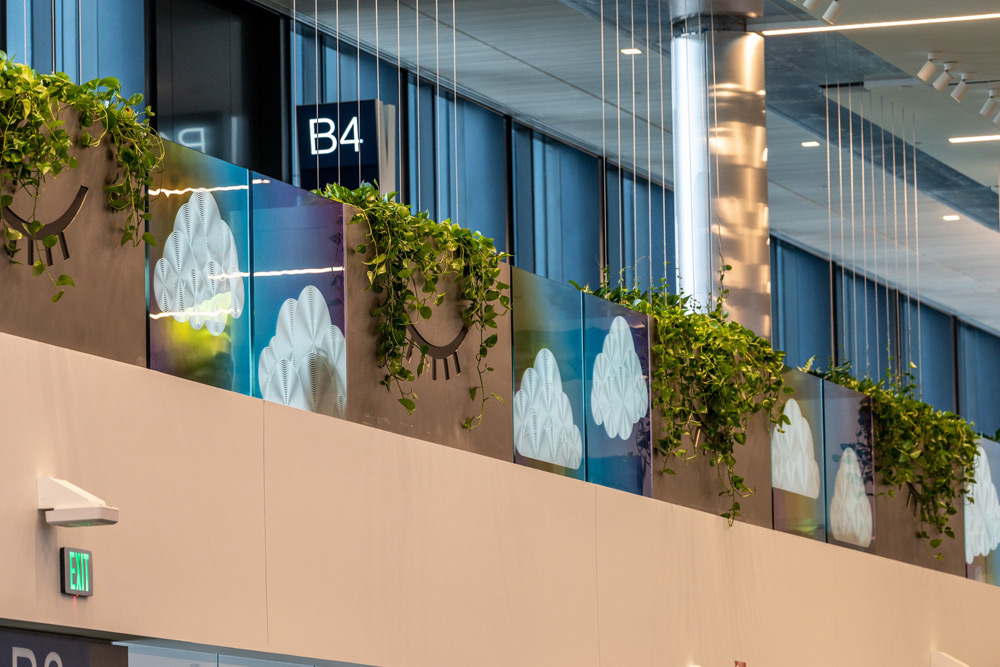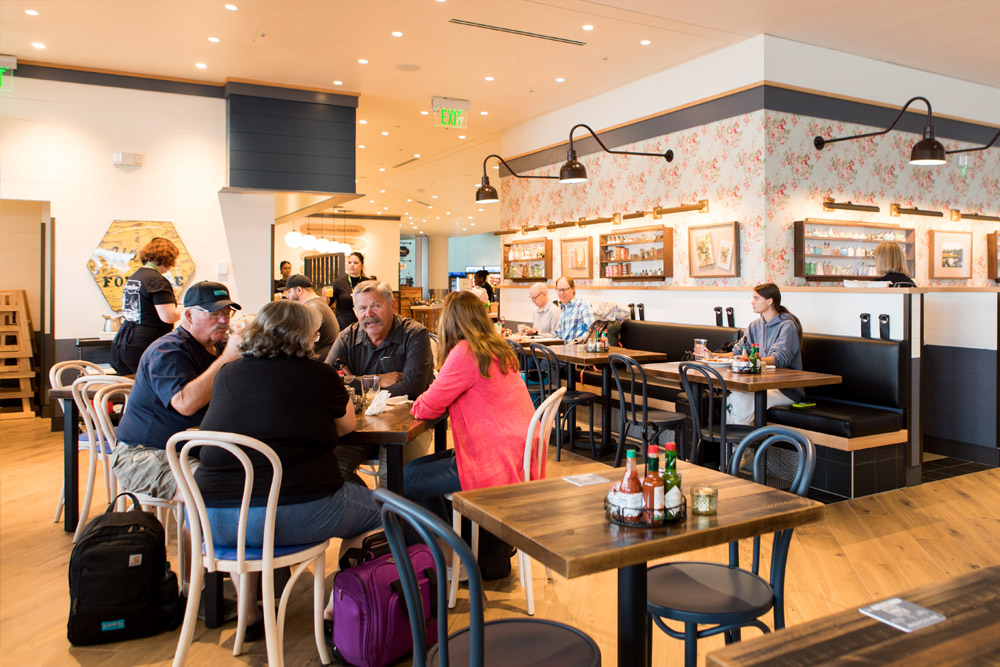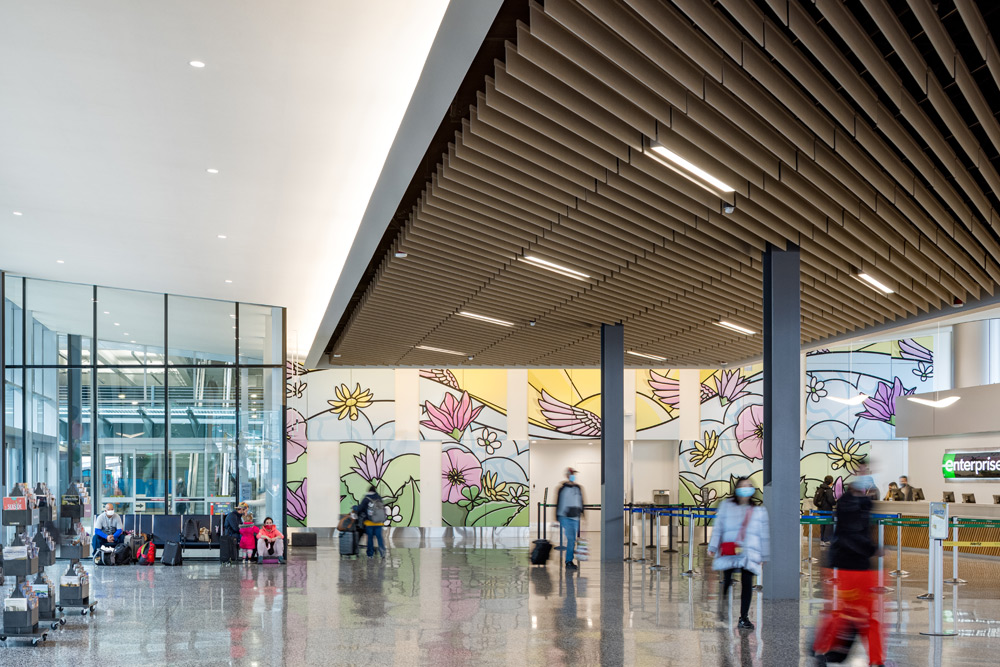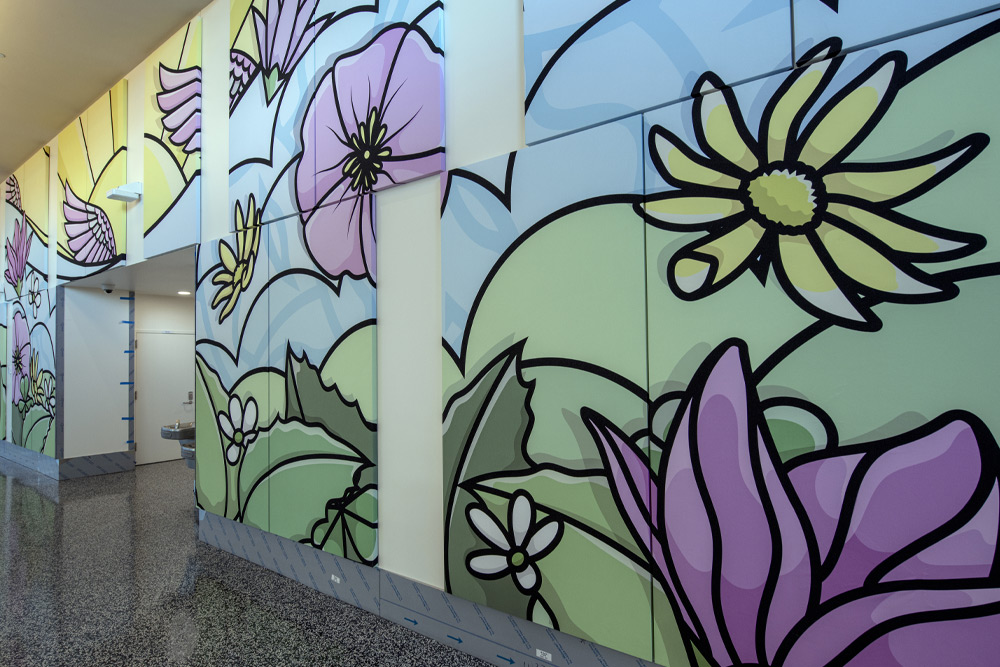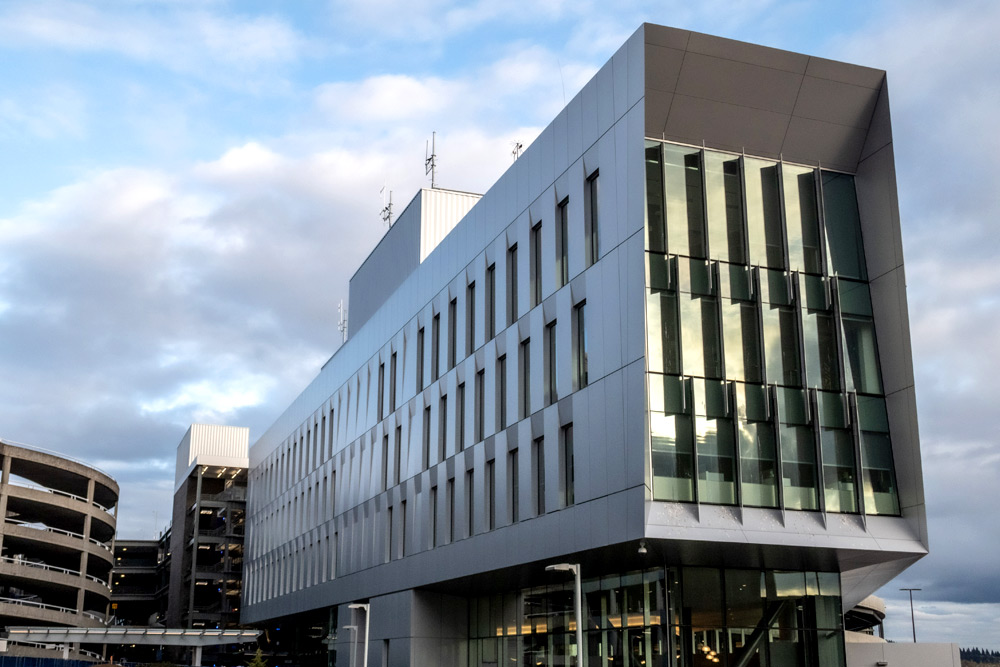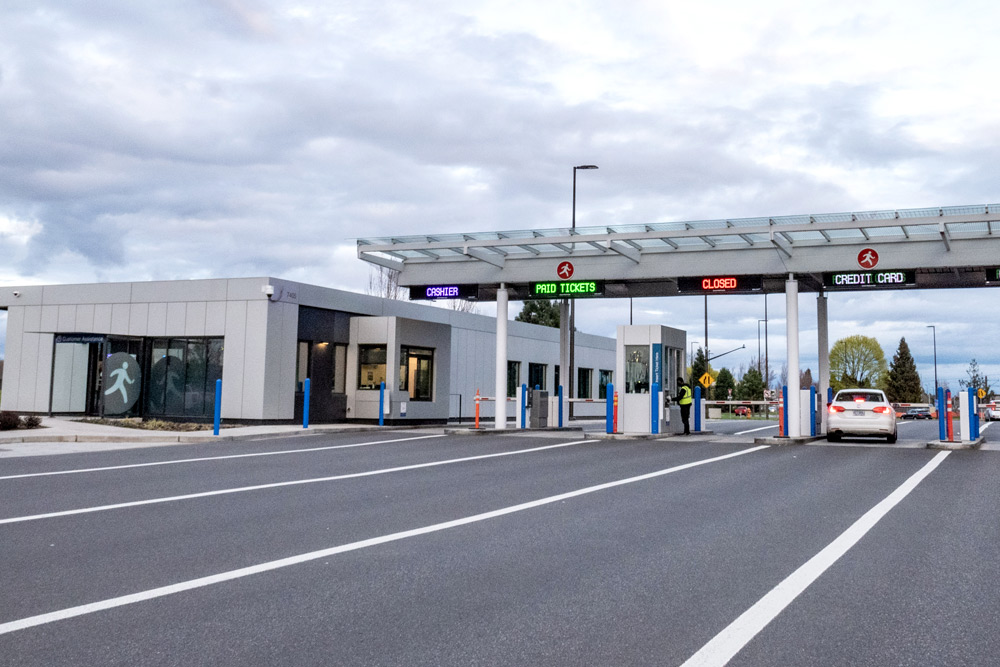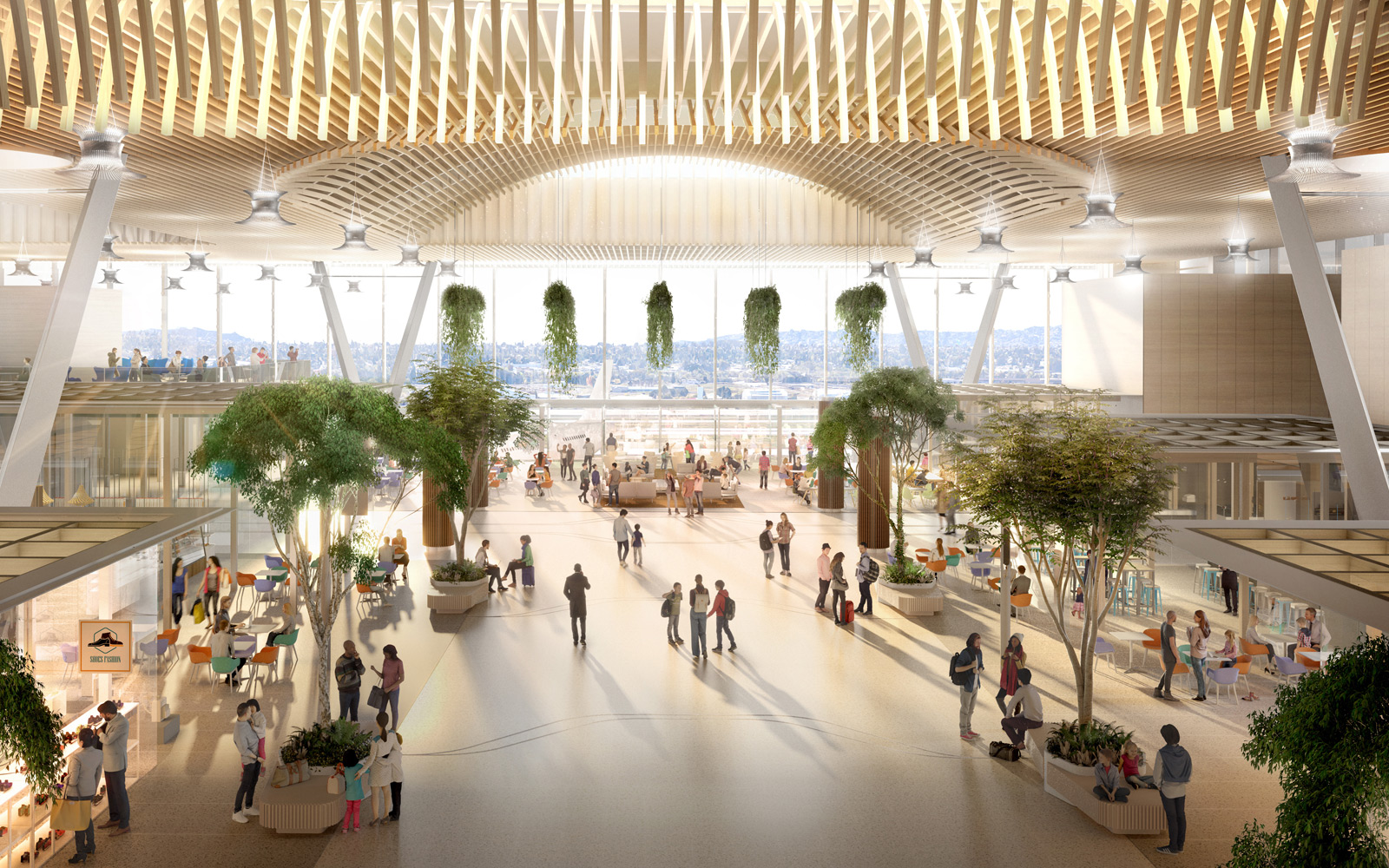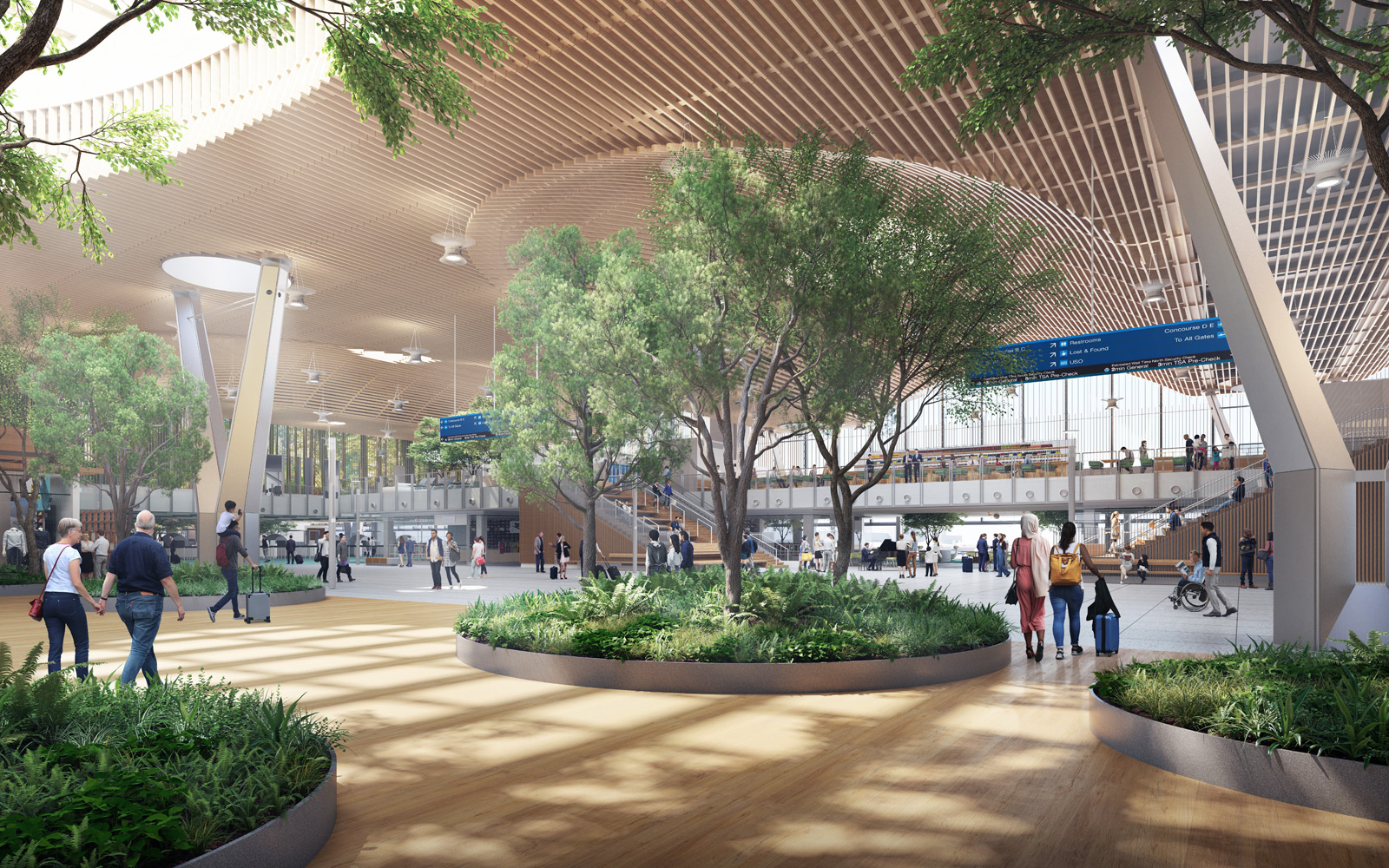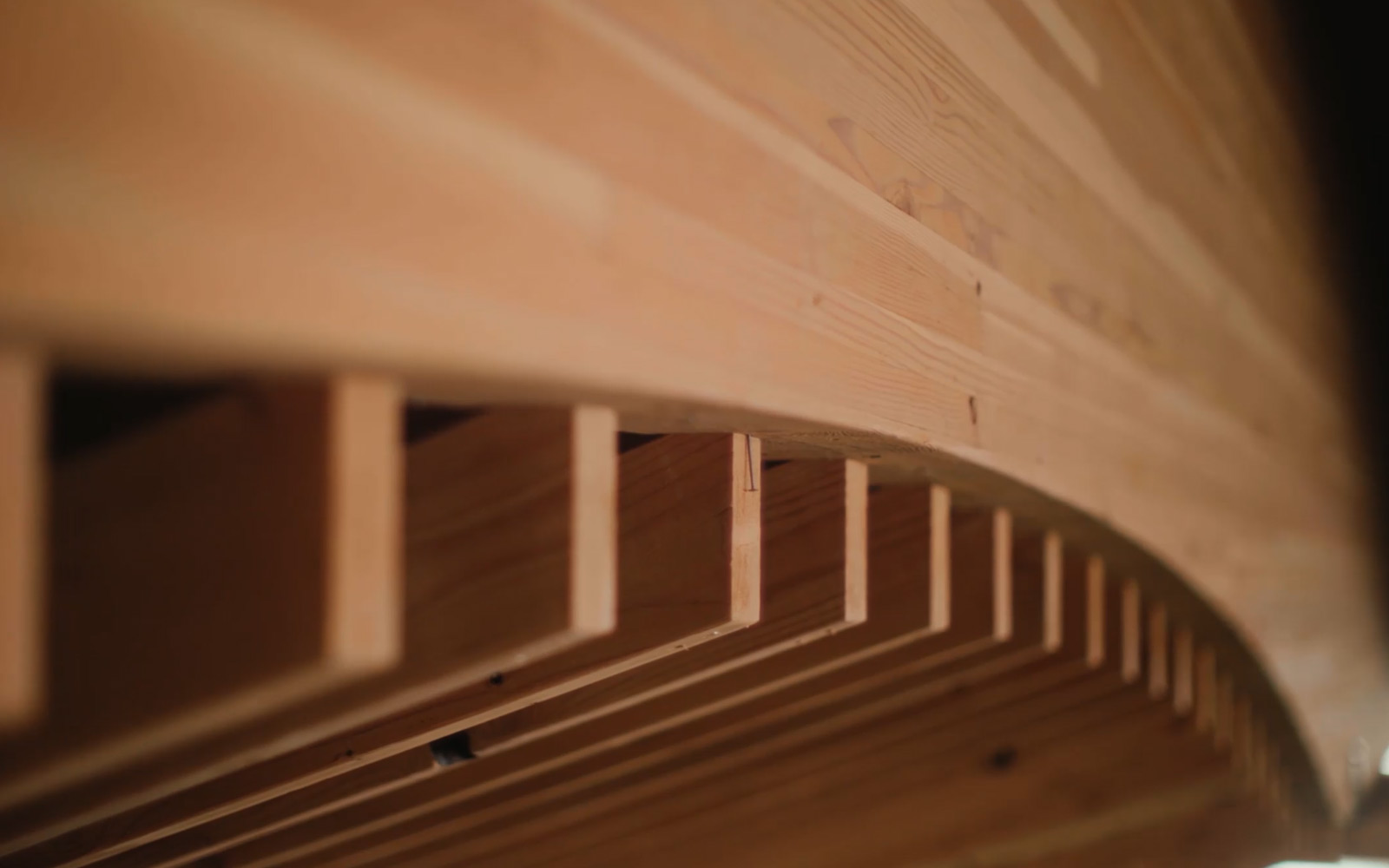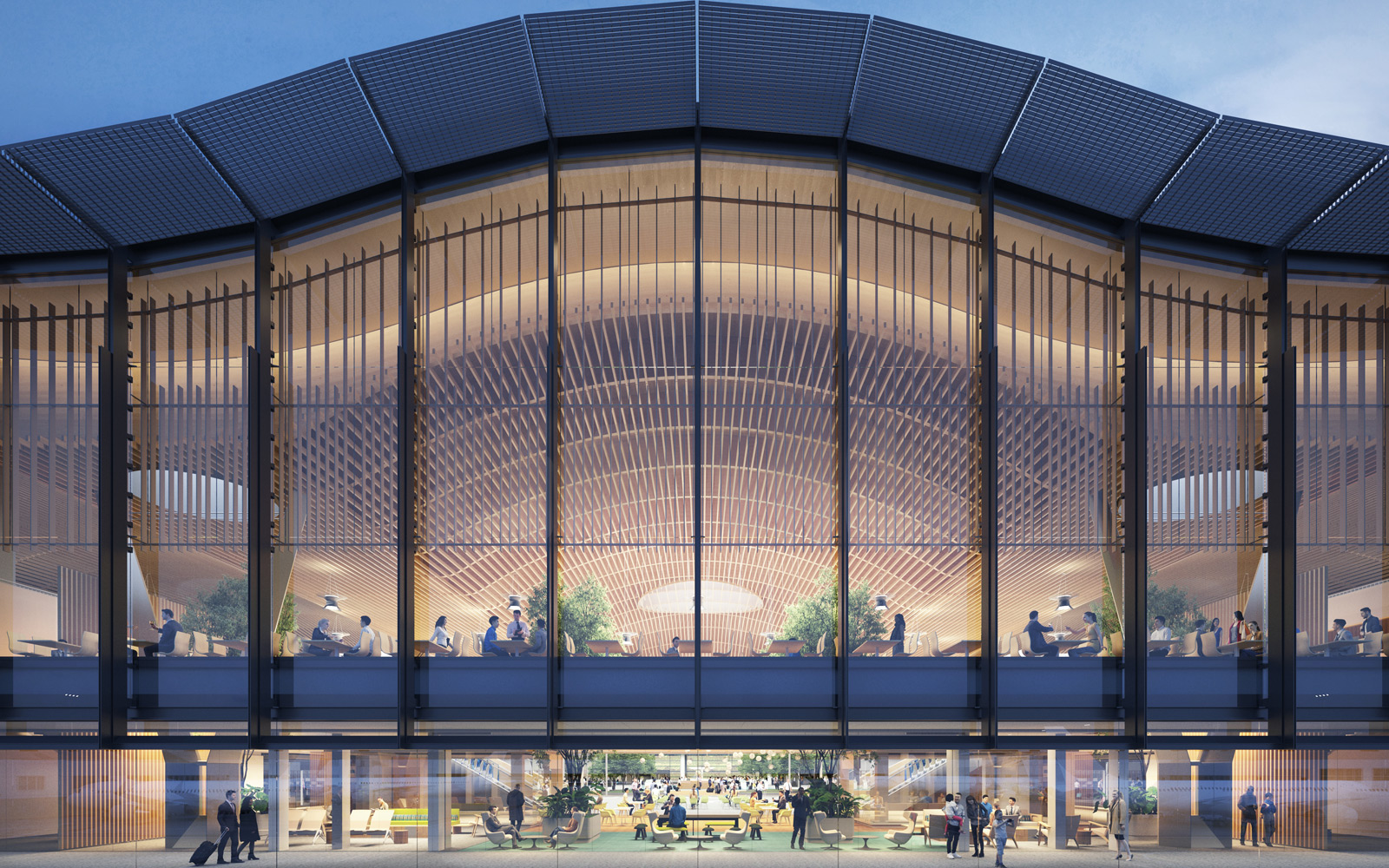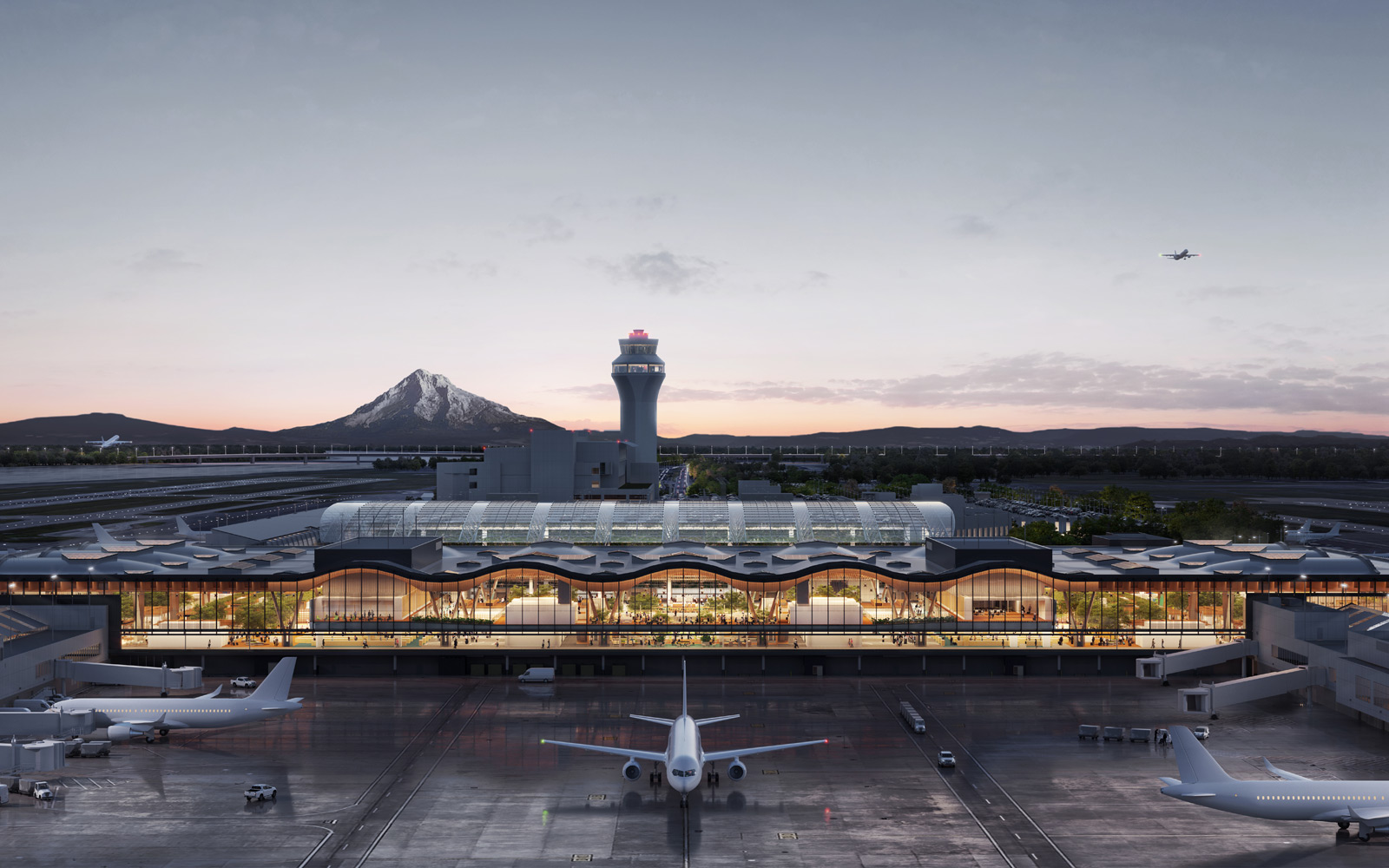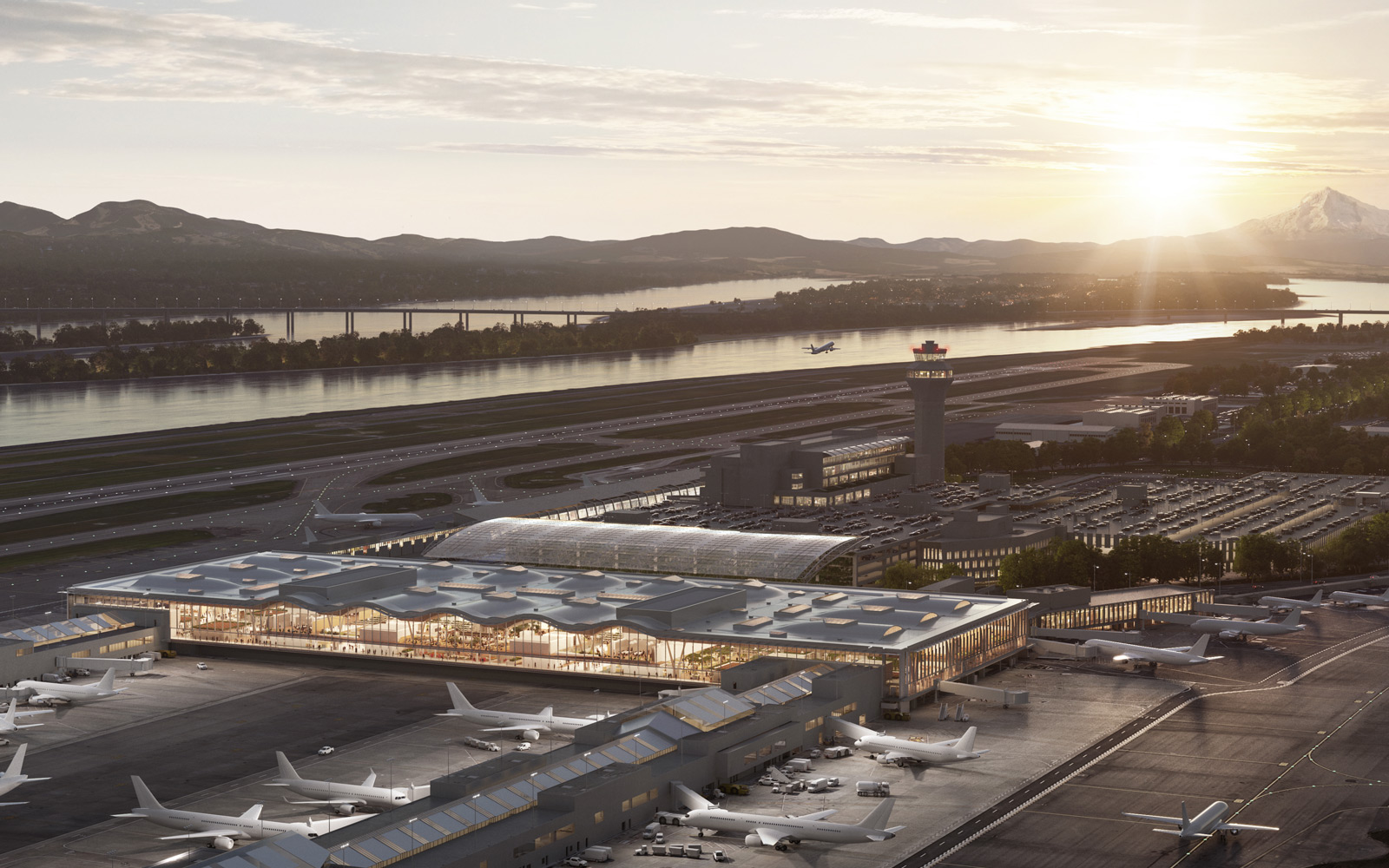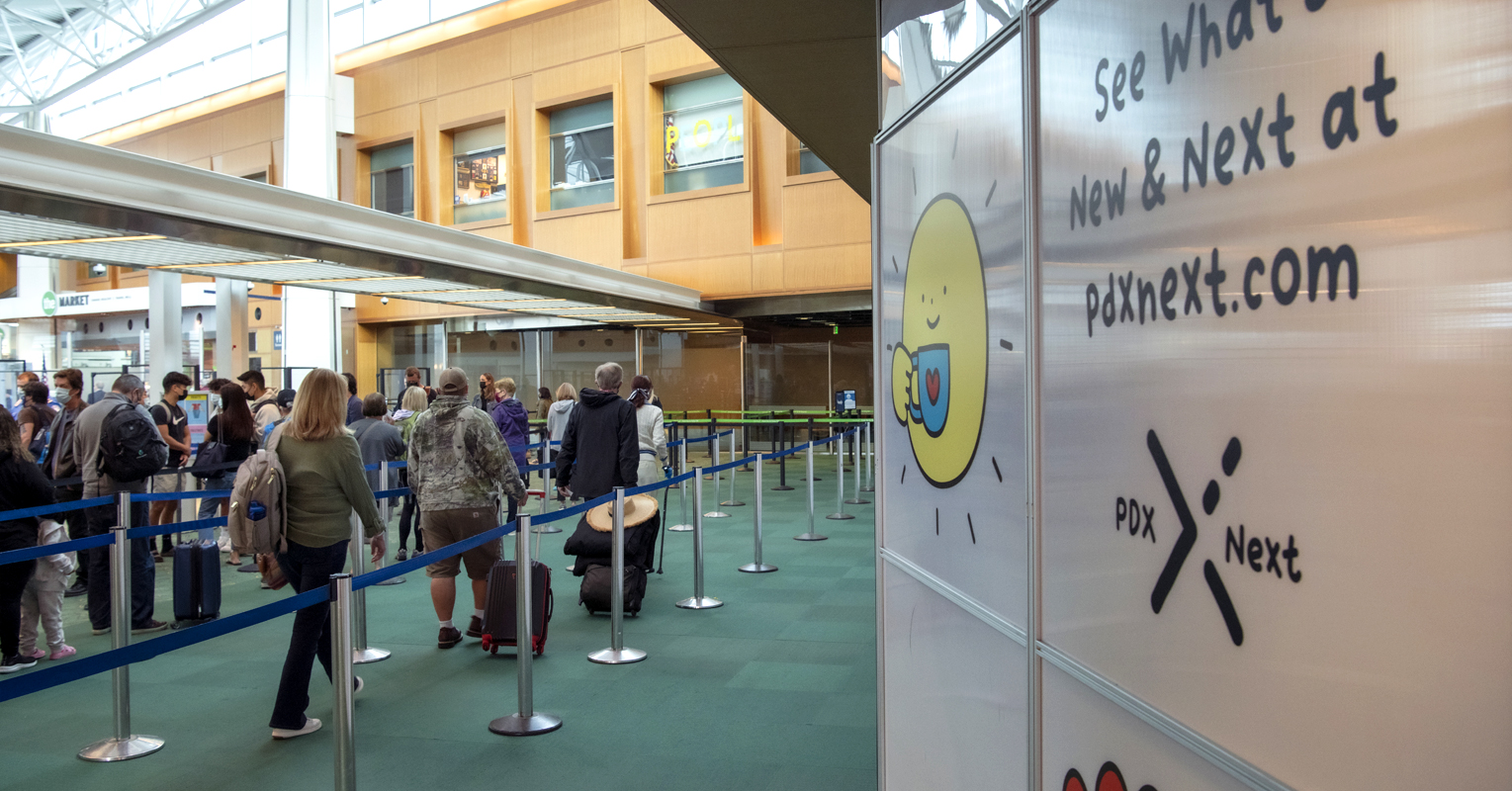 As vaccinated travelers increasingly return to the skies, more Pacific Northwesterners are finally noticing the construction impacts in the main terminal — raising challenges for an airport repeatedly voted as America’s favorite.
As vaccinated travelers increasingly return to the skies, more Pacific Northwesterners are finally noticing the construction impacts in the main terminal — raising challenges for an airport repeatedly voted as America’s favorite.
Quick update: This article was written in 2021. The new PDX is here! Want to meet it?
Last year, global air travel plunged to its lowest levels in recent history. At PDX, that meant the vast majority of Pacific Northwesterners had not yet noticed the big changes happening at the airport. But now with the “return to travel” on the tips of everyone’s tongues, more people are finally getting a sense of what’s happening.
This summer, many vaccinated folks are taking to the skies for the first time in more than a year. And PDX is getting back-to-normal busy, with passenger numbers rising to nearly 75% of pre-pandemic highs. If you were to wander through the main terminal today, you’d spot adventurers toting their gear, families rolling overstuffed bags to the ticket counters, and loved ones saying their teary hellos and goodbyes.
At the same time, the construction disruptions are starting to feel real, too — as in, you-might-hear-some-construction-noises-while-in-line-for-TSA real.
“We’re starting the heavy phases of construction and seeing passengers coming back,” says Eric van der Burght, the airport’s manager of terminal operations and infrastructure. “It’s, oh great! Everyone is back! And also, oh crap! Everyone is back! There’s this inherent tension to make sure we get everyone where they’re going simply and efficiently, while trying to ensure they have that friendly PDX experience.”
This has raised a big challenge for an airport repeatedly voted as America's favorite: How do you keep people moving — and maybe even smiling under their masks — while construction disrupts everyone’s routines?
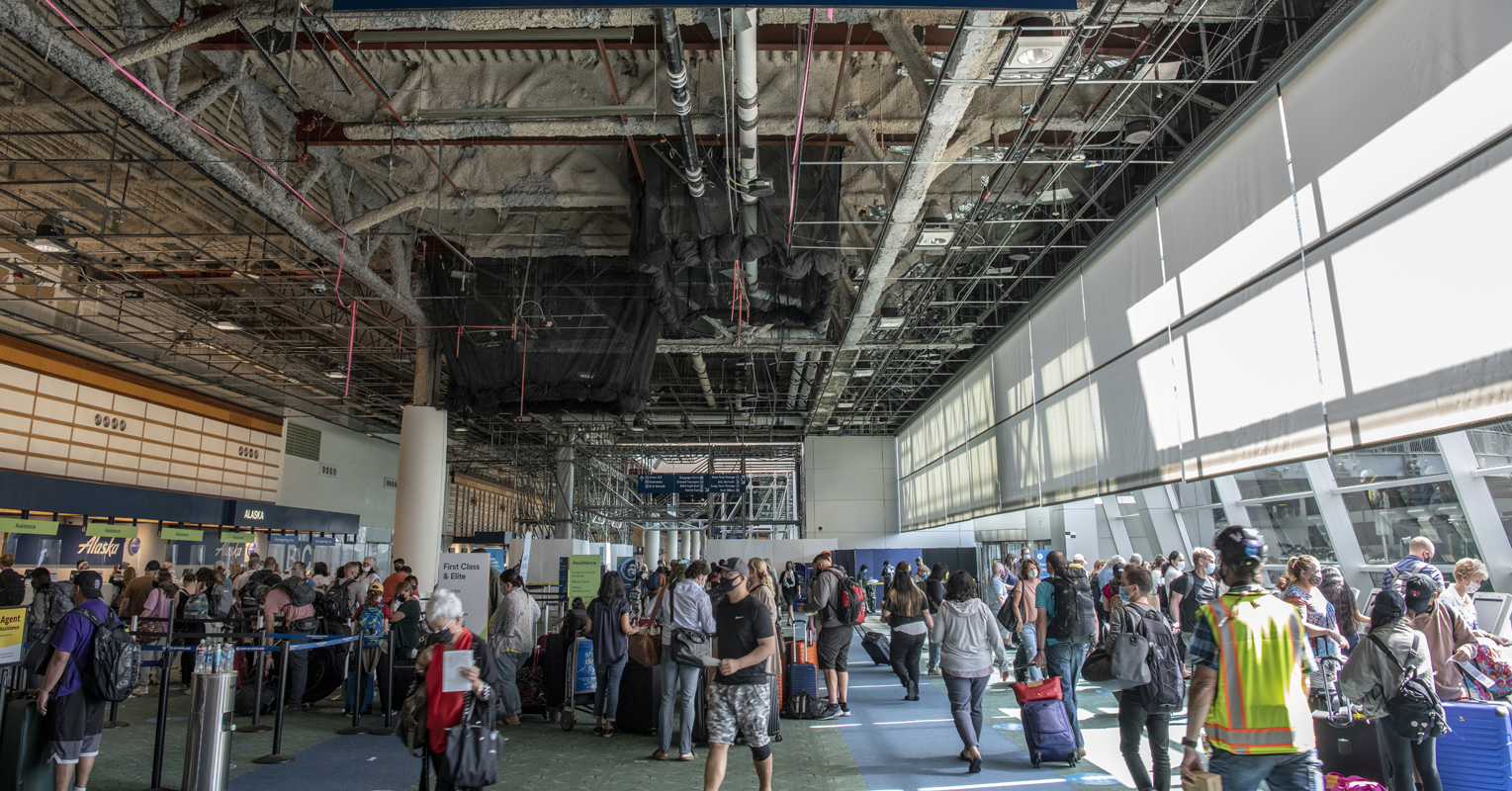 Travelers notice some construction changes the moment they step into the ticket lobby. It’s all so crews can get to work building the new roof and expanding the heart of the airport.
Travelers notice some construction changes the moment they step into the ticket lobby. It’s all so crews can get to work building the new roof and expanding the heart of the airport.
Construction creates a few kinks
A challenge like this may not naturally get as much attention as the architect’s cool design reveal or the mind-boggling construction puzzle. The people doing this essential work hustle behind the scenes. And they don’t mind operating out of the spotlight. “A lot of the work we do happens in the shadows,” says Eric, whose operations role touches everything from “when you get out of your car to when you board your plane.” In other words, he thinks more about airport passenger flow than most people ever do.
Pre-construction, PDX had little-known tools to keep people moving seamlessly. For example, if lines got too long at one security checkpoint, passengers could simply be redirected to the other checkpoint. They’d then walk through what airport insiders call the “concourse connector” — that is, the shortcut between the airport’s B-C and D-E wings — to get to their gate. “Not only was the concourse connector super convenient, it also functioned like a safety valve to help keep people moving,” Eric explains.
Now, several important changes in the main terminal mean PDX cannot rely on the same tactics as before. For one, the Clocktower Plaza (aka the shops and restaurants pre-security) closed and the ticket lobby has shrunk a little to make room for the construction happening behind temporary walls. That means there’s less space for an increasing number of travelers. And the concourse connector shortcut is gone for now, which means less control over TSA wait times.
This might all be a bit irritating to travelers with a comfortable routine. You’ll notice signs of construction as you step into a smaller ticket lobby. Walls are blocking off the pathway you’d typically take to get to the TSA checkpoints. You can only go through the security checkpoint matching your gate, meaning lines can grow longer at peak times.
Solving the big design challenges
Of course, not everything at PDX looks so different. Once travelers have reached their concourse, things will feel familiar and maybe even a little fresh. You’ll find new restaurants, views of Mt. Hood, art installations and comfy common areas in the recently expanded Concourse E. But the frontend of your PDX experience will all feel a bit different. That’s the pain point people have been working to solve.
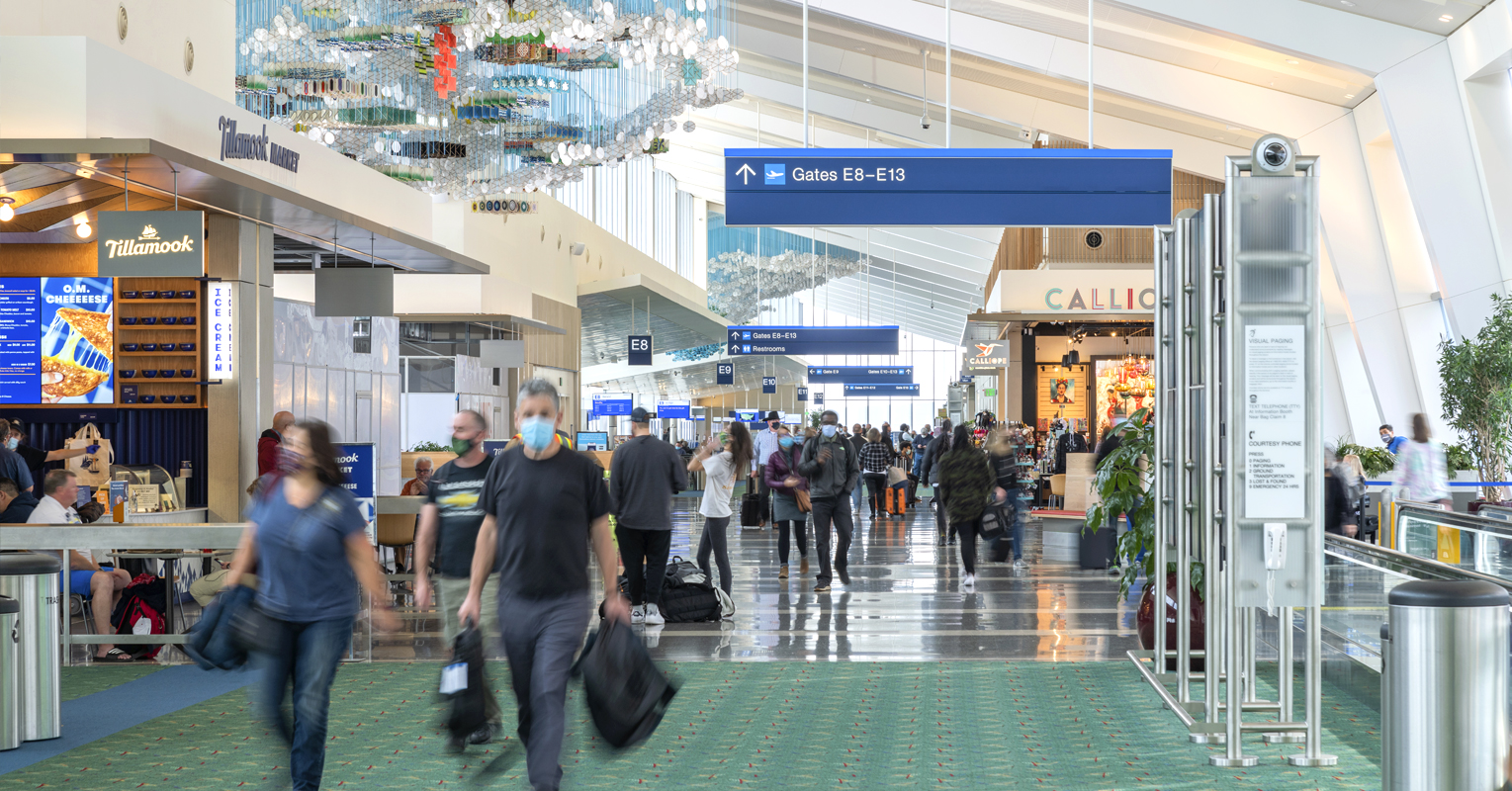 Traveling right now is, of course, not all about disruptions. Once you’re past security, you’ll find new restaurants, shops, art, common areas and views of Mt. Hood in the recently completed Concourse E extension.
Traveling right now is, of course, not all about disruptions. Once you’re past security, you’ll find new restaurants, shops, art, common areas and views of Mt. Hood in the recently completed Concourse E extension.
“The bottom line is, we need to keep the airport functioning smoothly for everybody while you’re also tearing down and rebuilding the heart of the airport,” says Bryan Stevens, designer at Mayer/Reed. Mayer/Reed works with the Port of Portland, architecture firms and contractors on a wide range of wayfinding and place-making projects for PDX Next.
Perhaps the biggest passenger flow change the Port of Portland has undertaken is upcycling the old concourse connector and reusing it to build pathways around construction. Soon, everyone passing through security will go through a few quick bypasses to reach their gate — this will keep people moving smoothly while construction happens around them.
Even so, one of the biggest design challenges is communicating these changes to passengers, Bryan says. “For example, the concourse connector — passengers most likely don’t know it by name because there was not a sign that labeled the connector,” he says. “It’s difficult to communicate that it is closed if they never thought about it or its name.”
A few simple steps taken to address this include installing signage that makes it clear how to get to the correct security checkpoint (since no one likes going through security twice).
 Helping all travelers seamlessly navigate around construction raises several key design challenges. New signage and environmental art installations are part of the solution, as are friendly PDX employees stationed to help folks get where they need to go.
Helping all travelers seamlessly navigate around construction raises several key design challenges. New signage and environmental art installations are part of the solution, as are friendly PDX employees stationed to help folks get where they need to go.
But some people still might not see, or be able to see, the signs. So friendly employees are stationed near closed-off areas to direct passengers where they need to go. Several local creatives have also installed giant sticky notes and cheerful critters (like roller-skating clouds) on construction walls — reminding us that the inconveniences are temporary and, hopefully, distracting the kids with something to chuckle at while they wait in line. Those are the human touches that still feel, well, PDX-y.
But there’s no getting around some disruptions: “You’ve heard this one before, but it’s true: Get here early and know your gate before you get to the security checkpoint,” Eric says.
“The silver lining is that we're seeing people again; we’re seeing families and vacationers again; it feels like normalcy. And after what we’ve been through this past year, that’s a good problem to have.”

Quick tips before your next flight
The travel pros at PDX have put together a few helpful tips to make sure your next trip is as easy and breezy as can be. Here are their top three tips. As always, find the latest updates on how construction could impact your trip at FlyPDX.com.
- Arrive a little early. The airport is busy again. Give yourself extra time to get to your gate. (We recommend 2 hours for domestic flights and 3 hours for international flights, but travelers should also check in with their airlines.)
- Don’t go through security twice. Make sure you follow signs to the security checkpoint matching your boarding pass. There are no shortcuts between concourses beyond security anymore.
- Masks are still required at PDX. Even if you’re vaccinated, masks are still required in airports and on airplanes.
